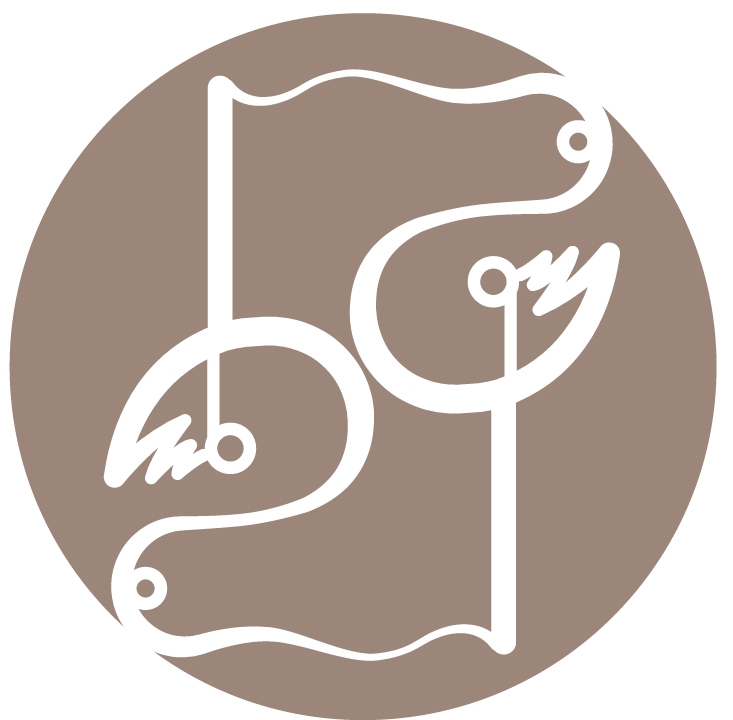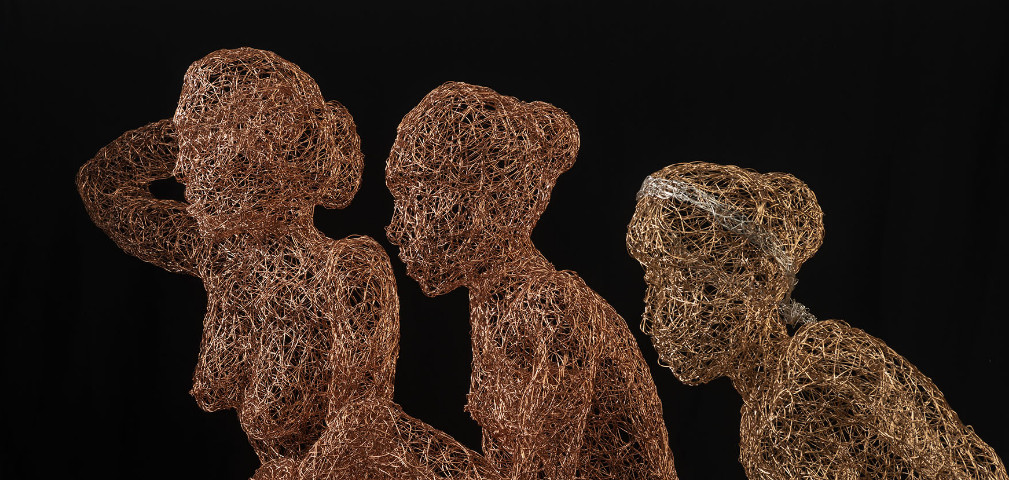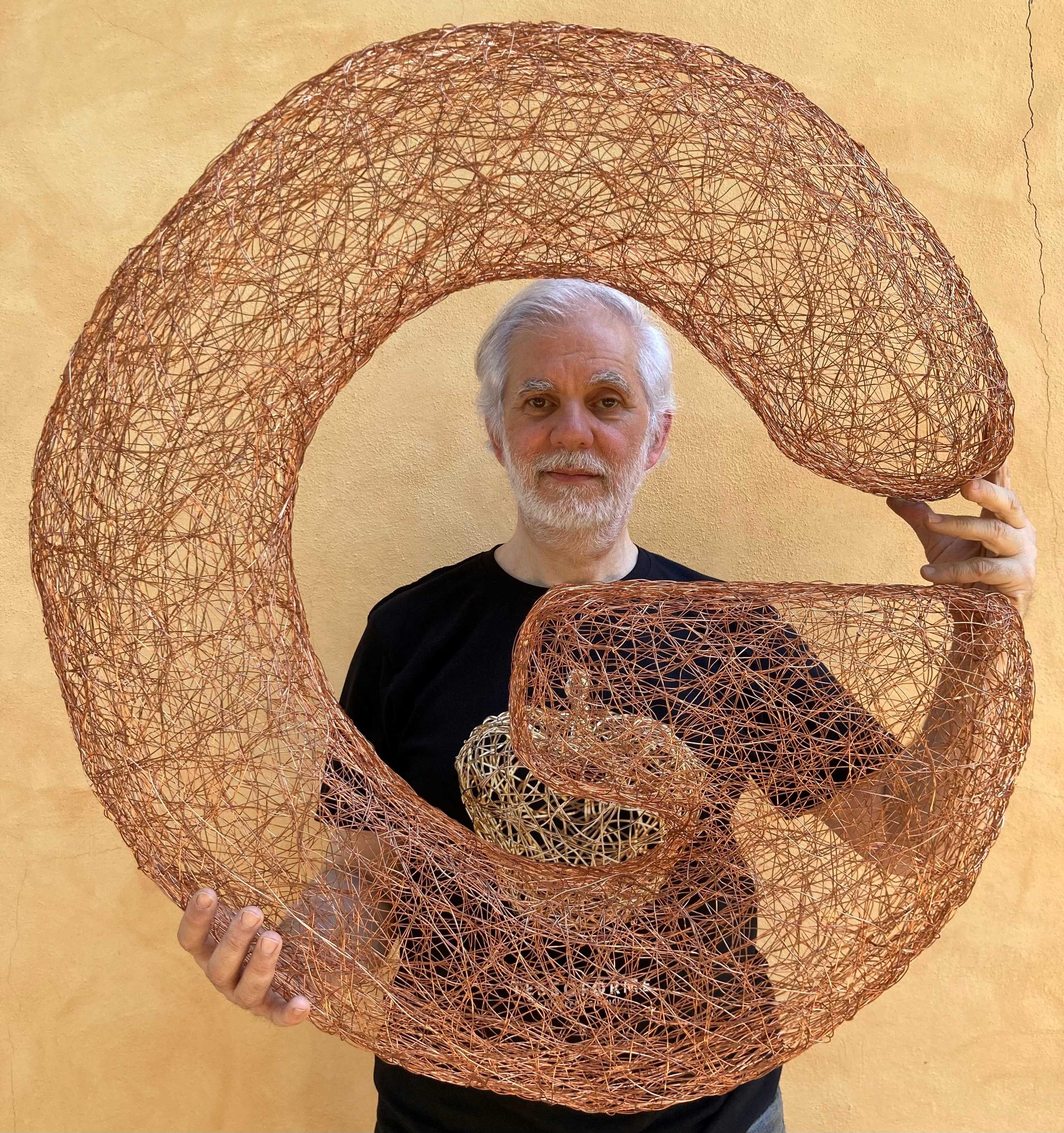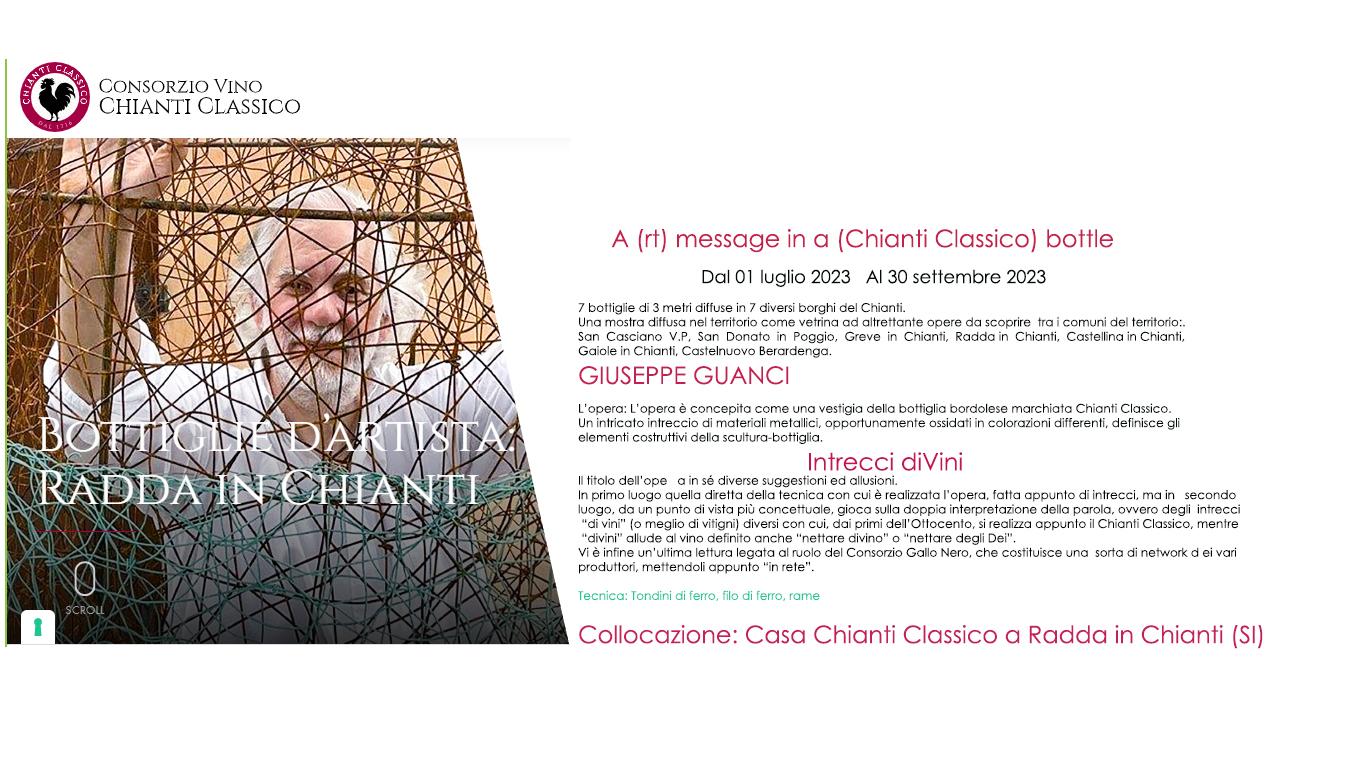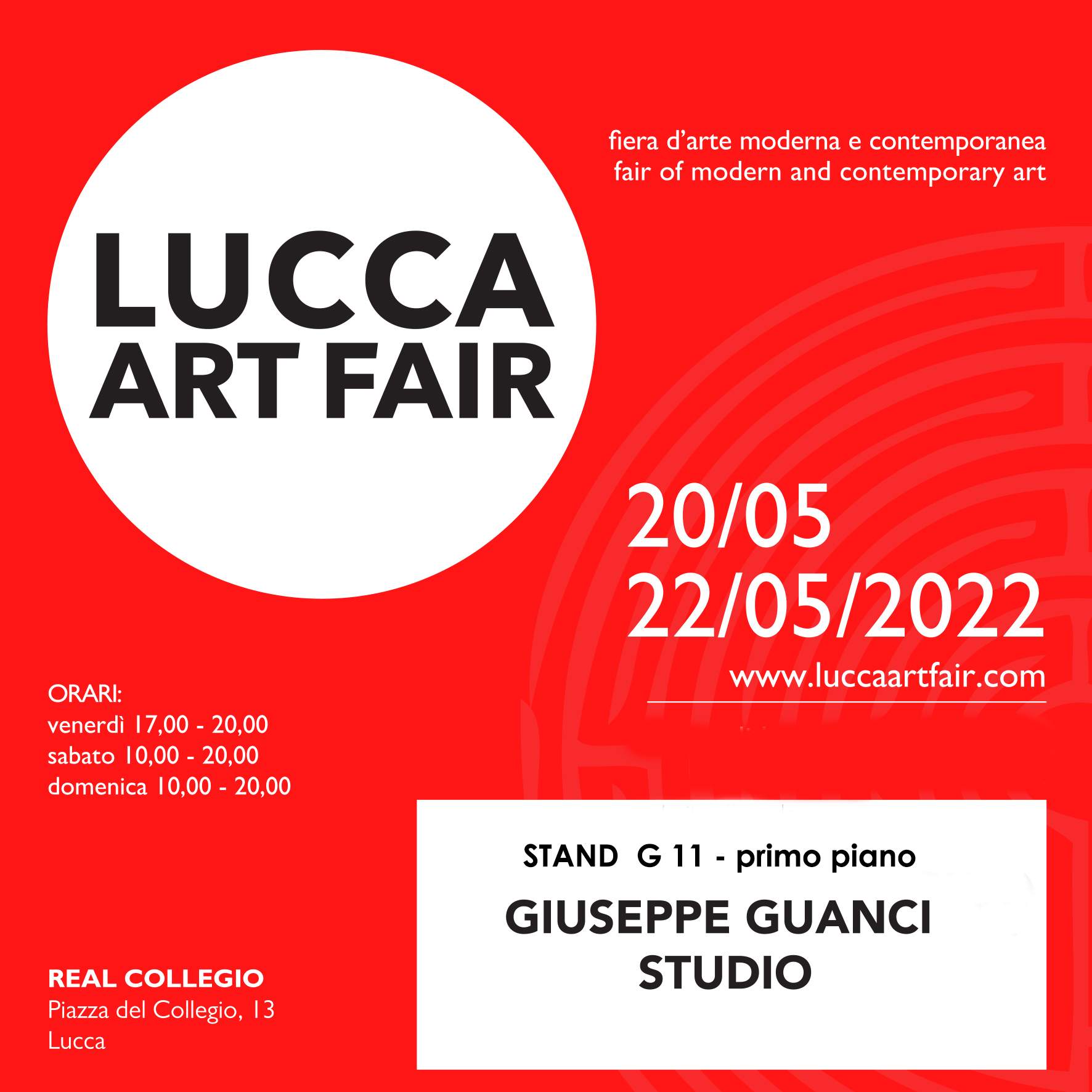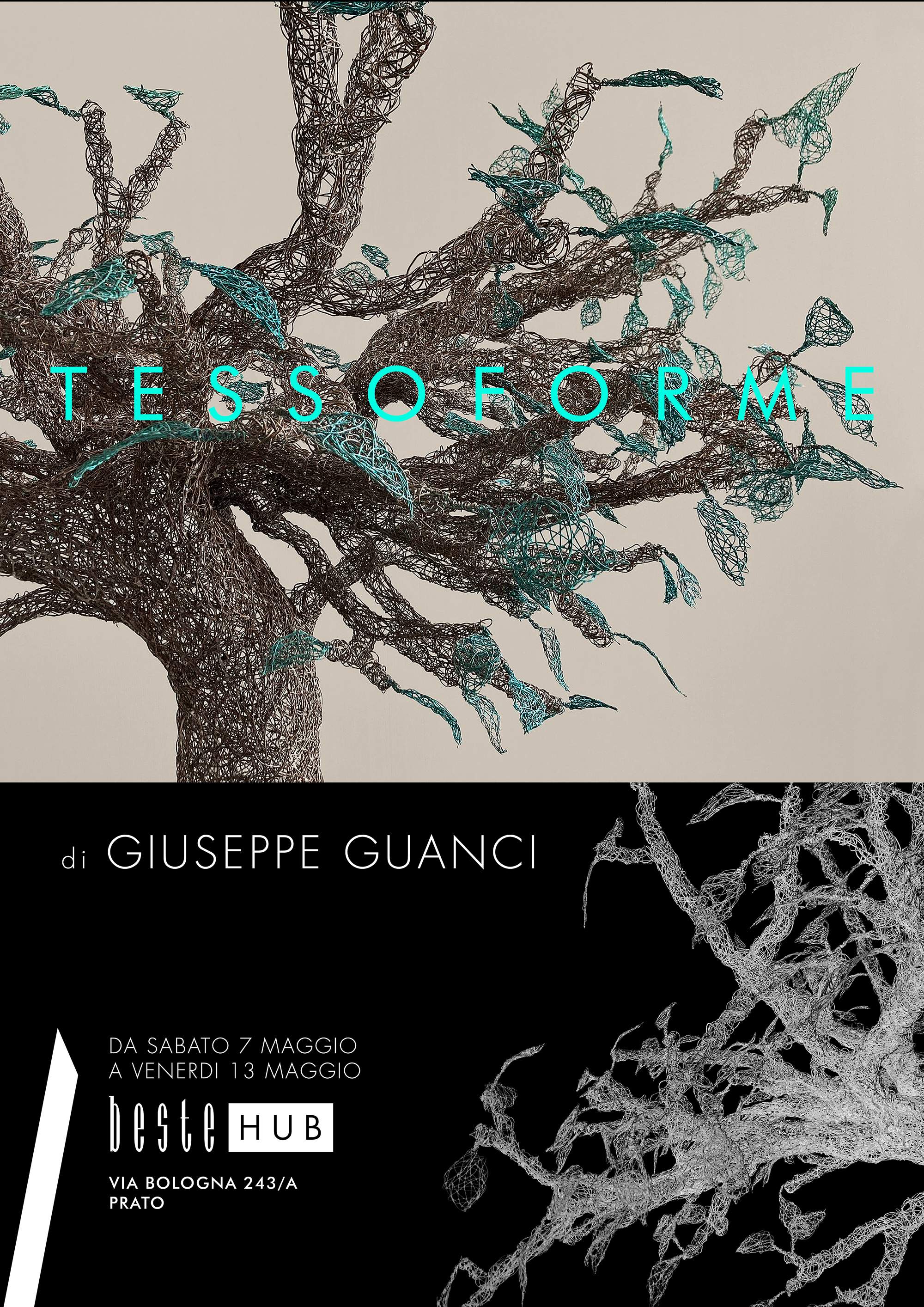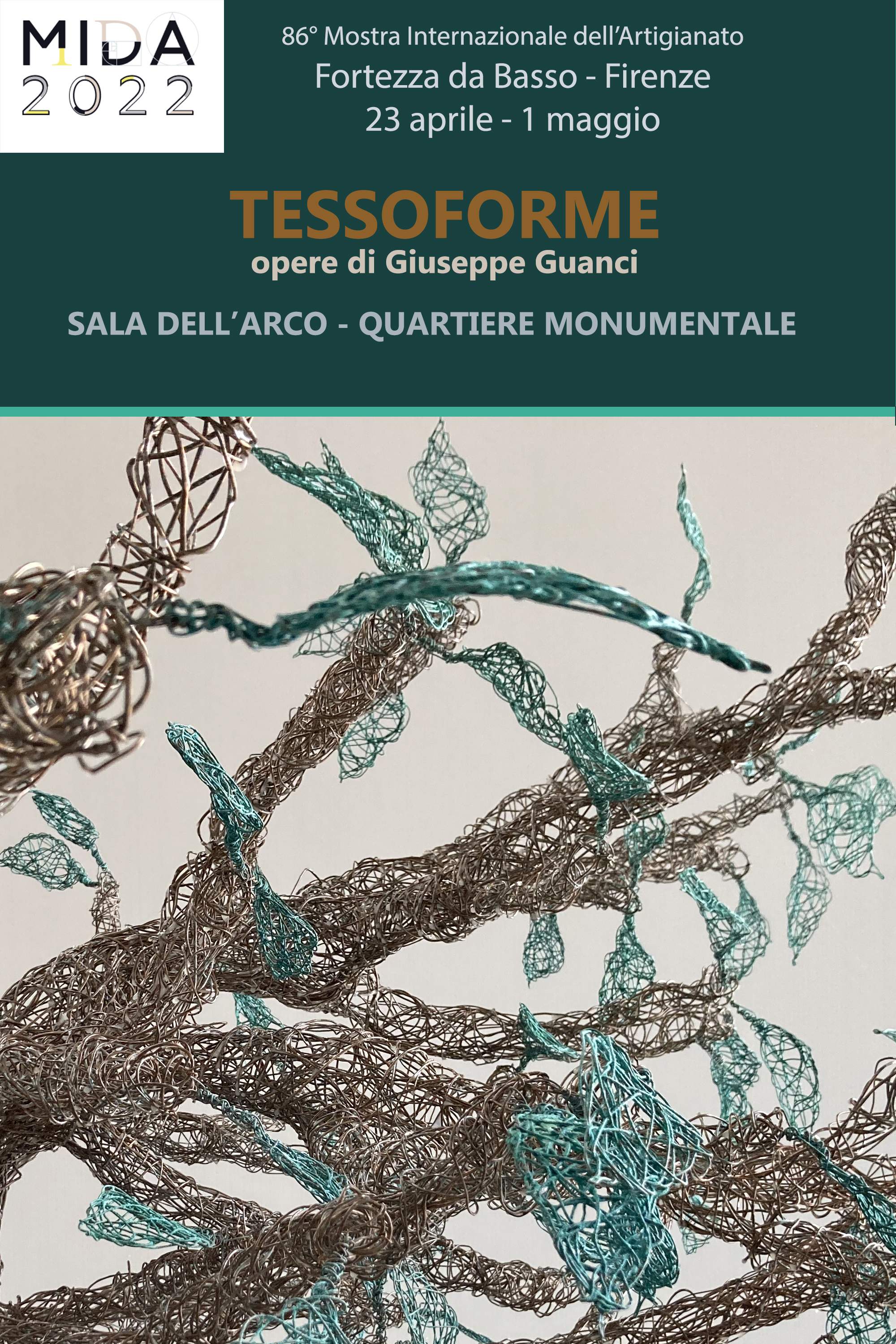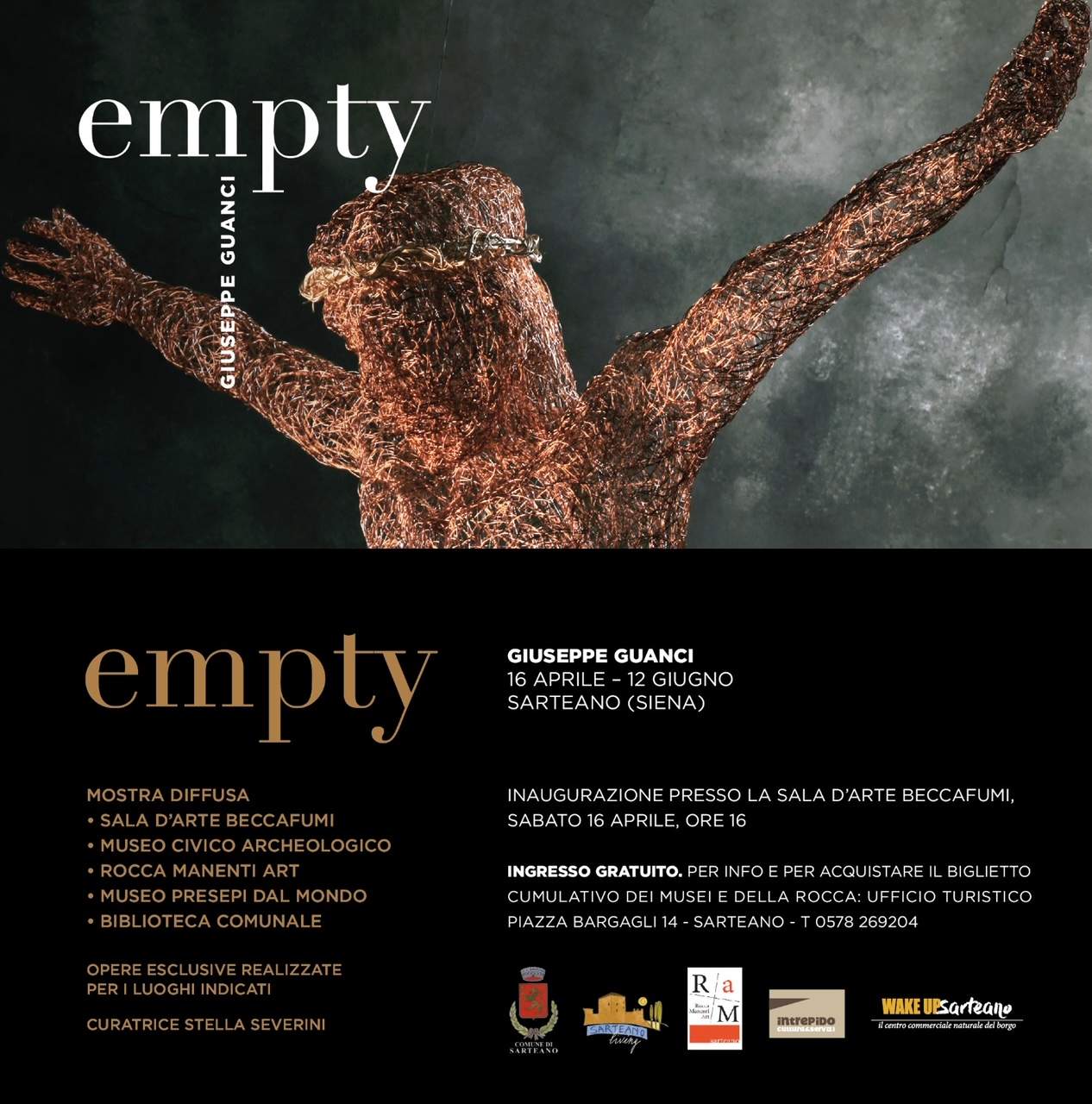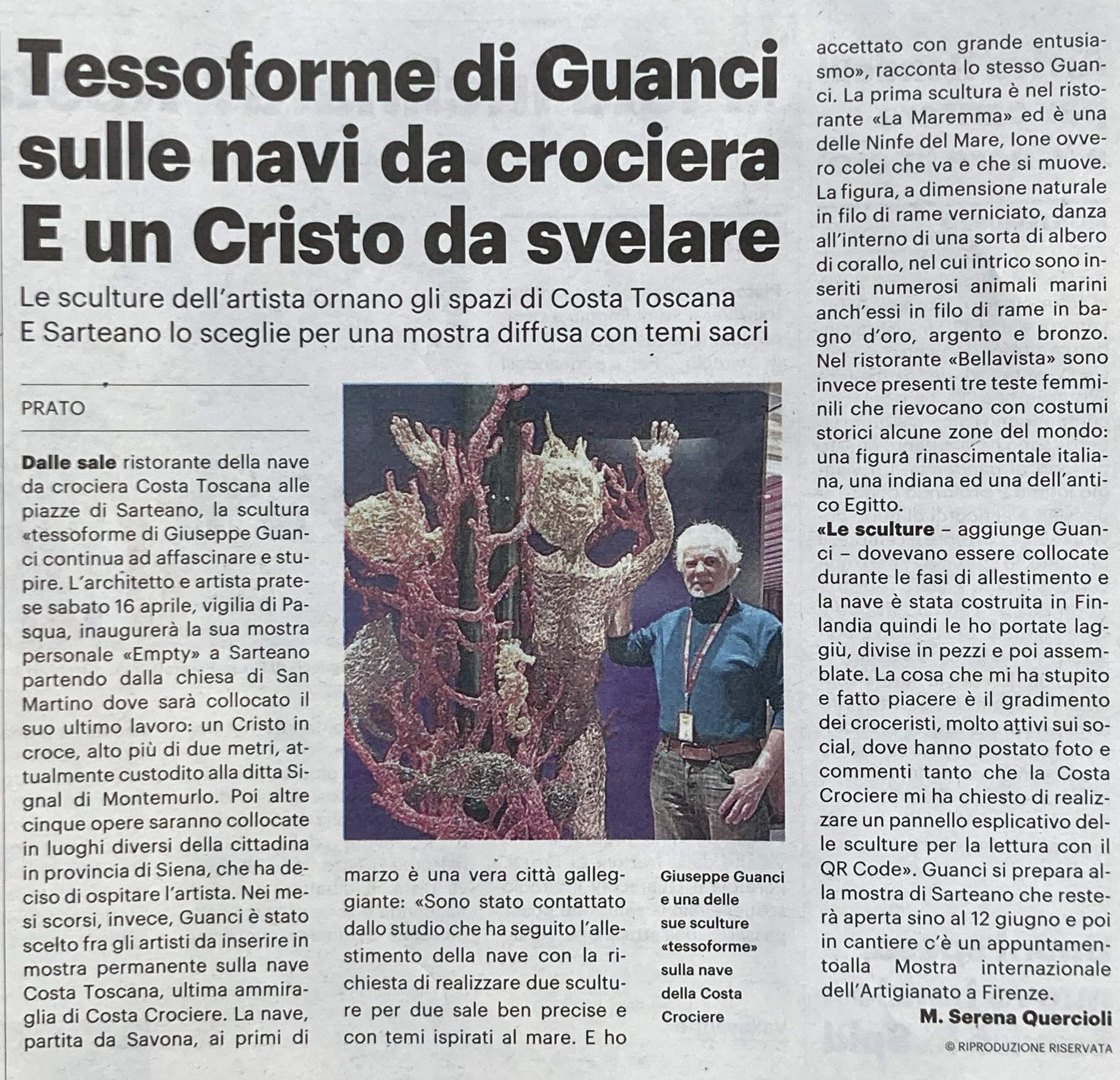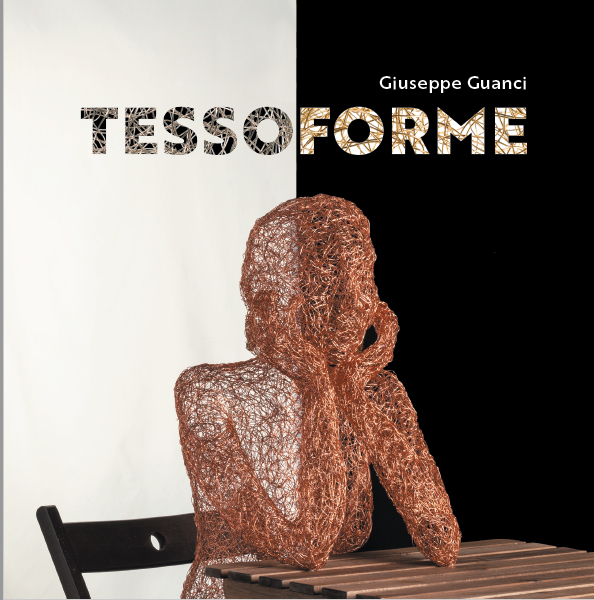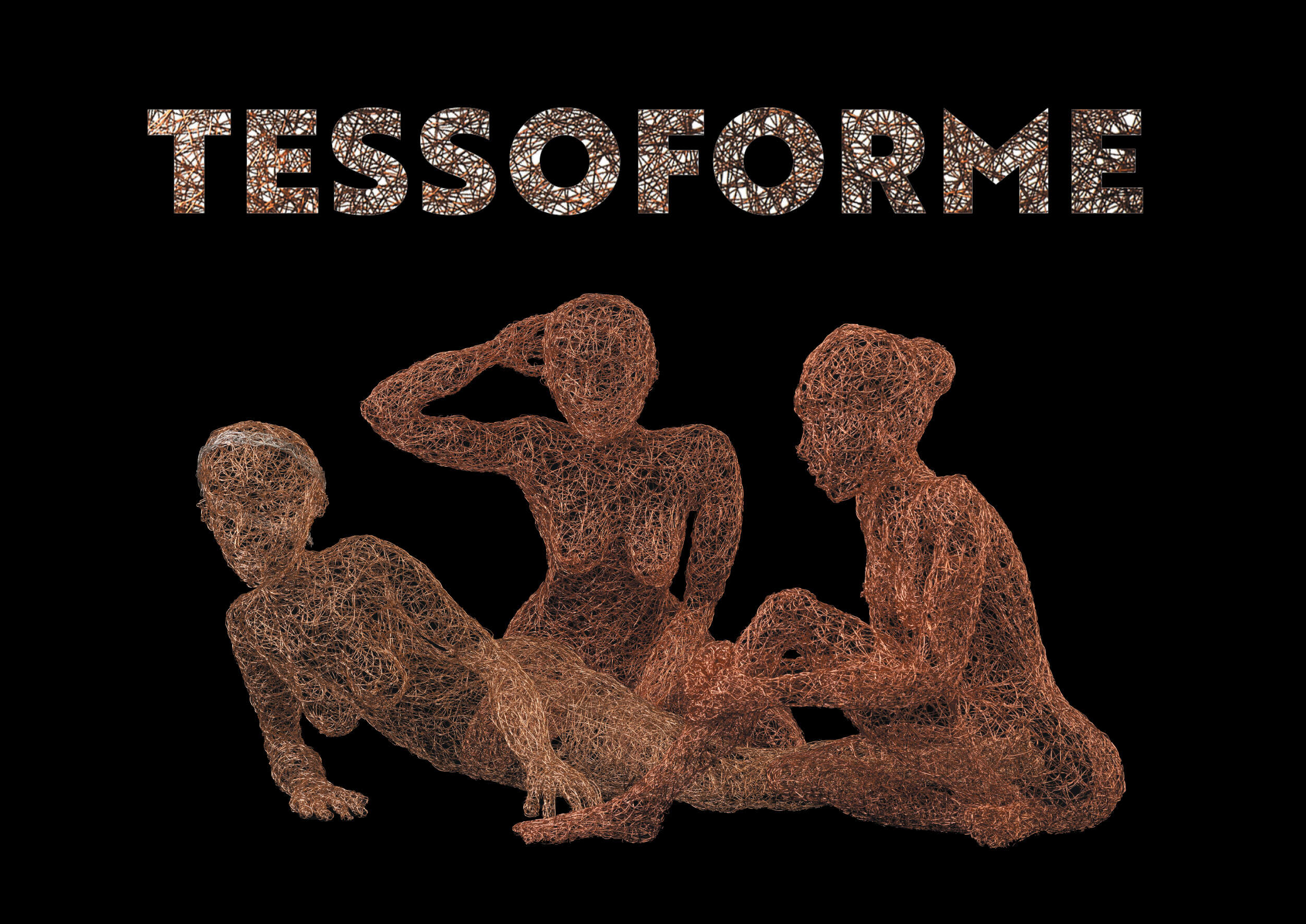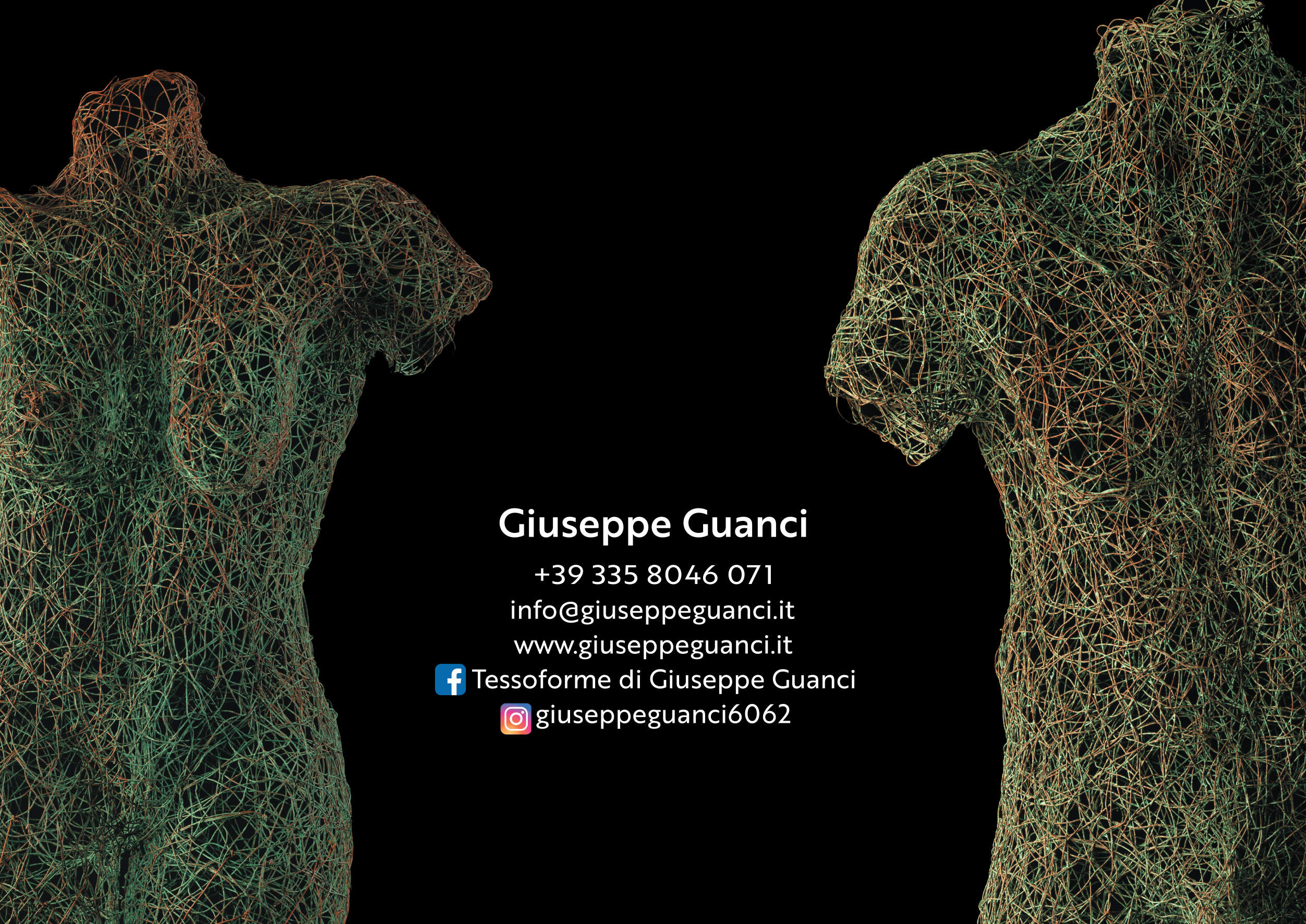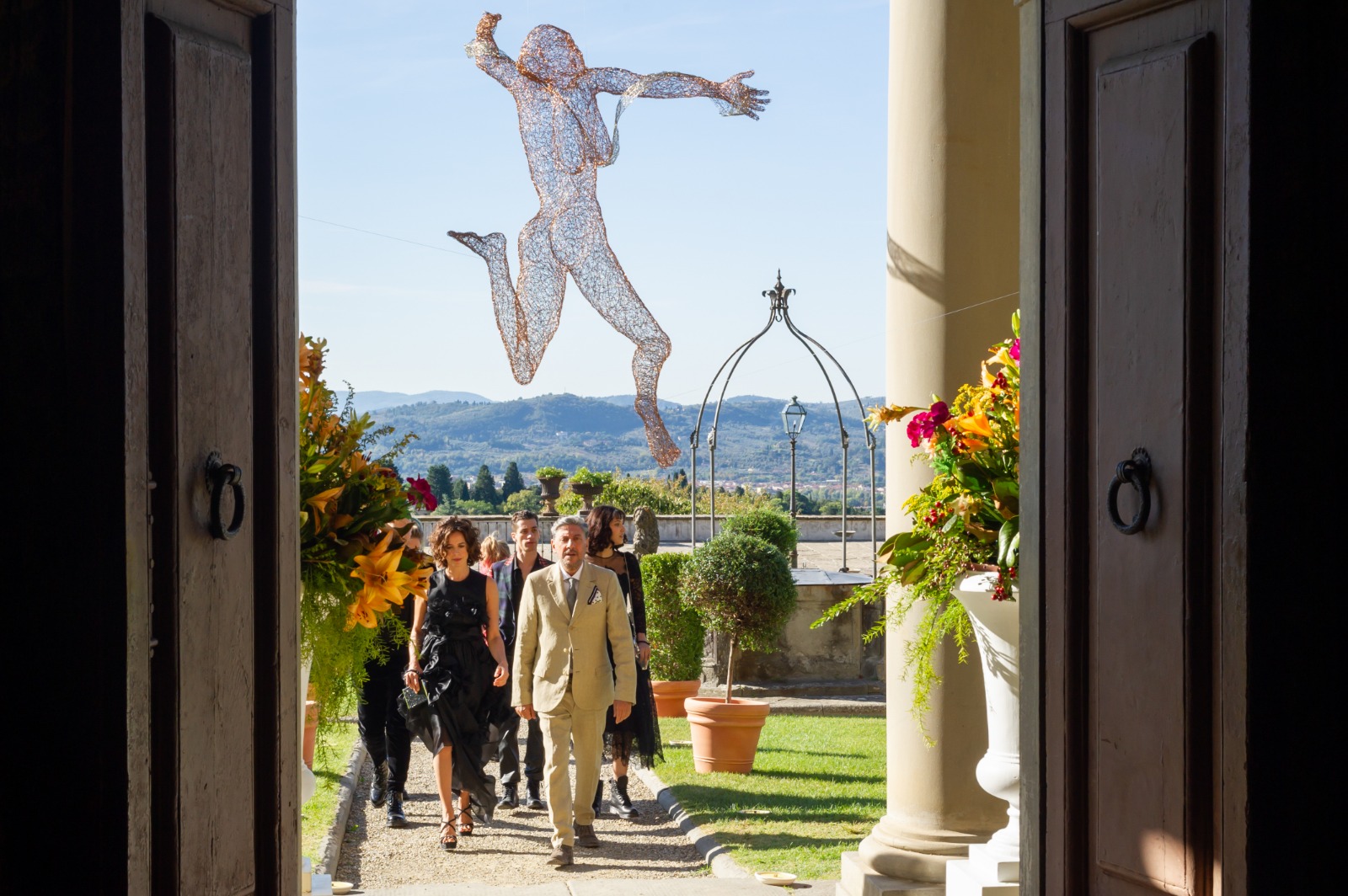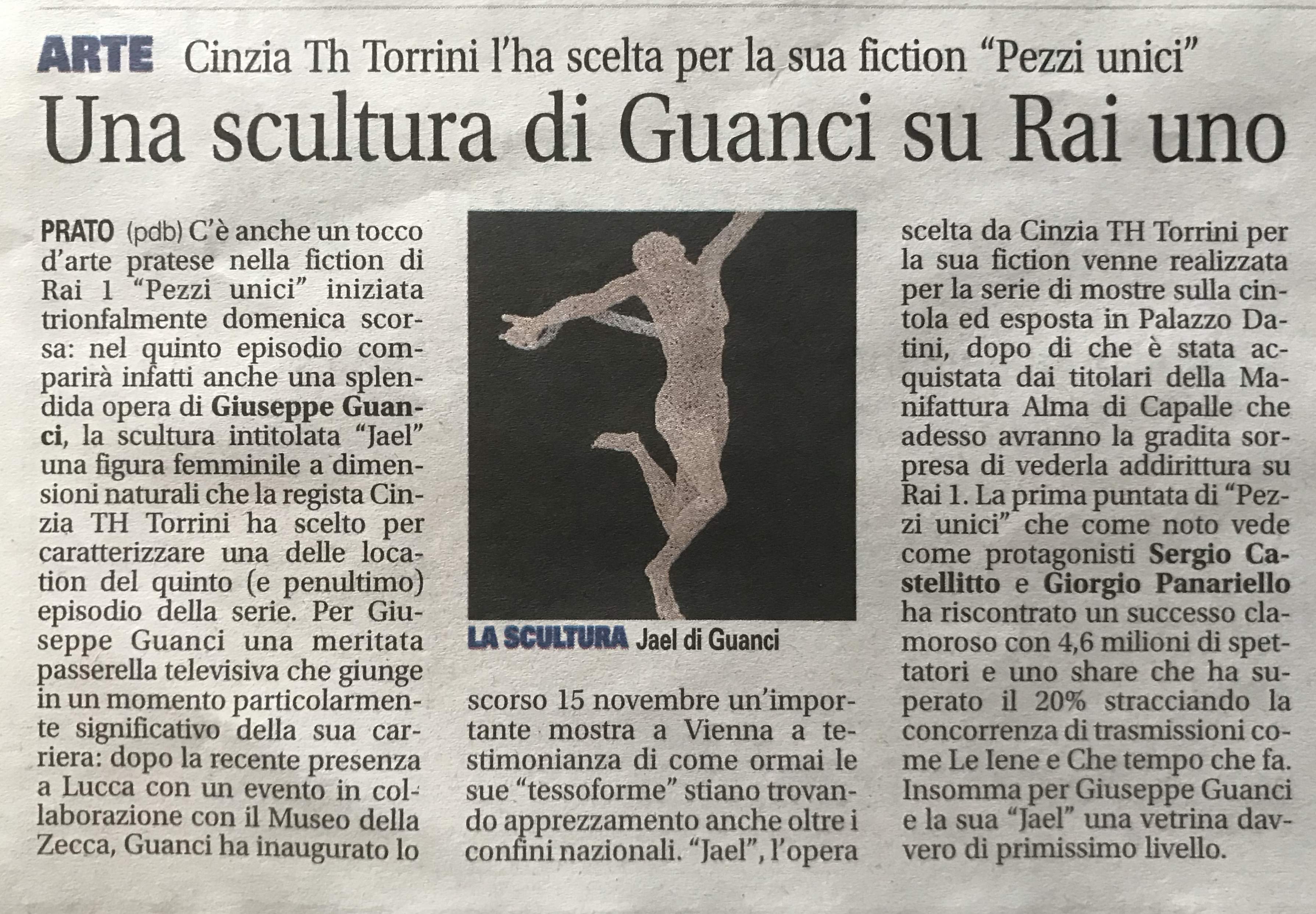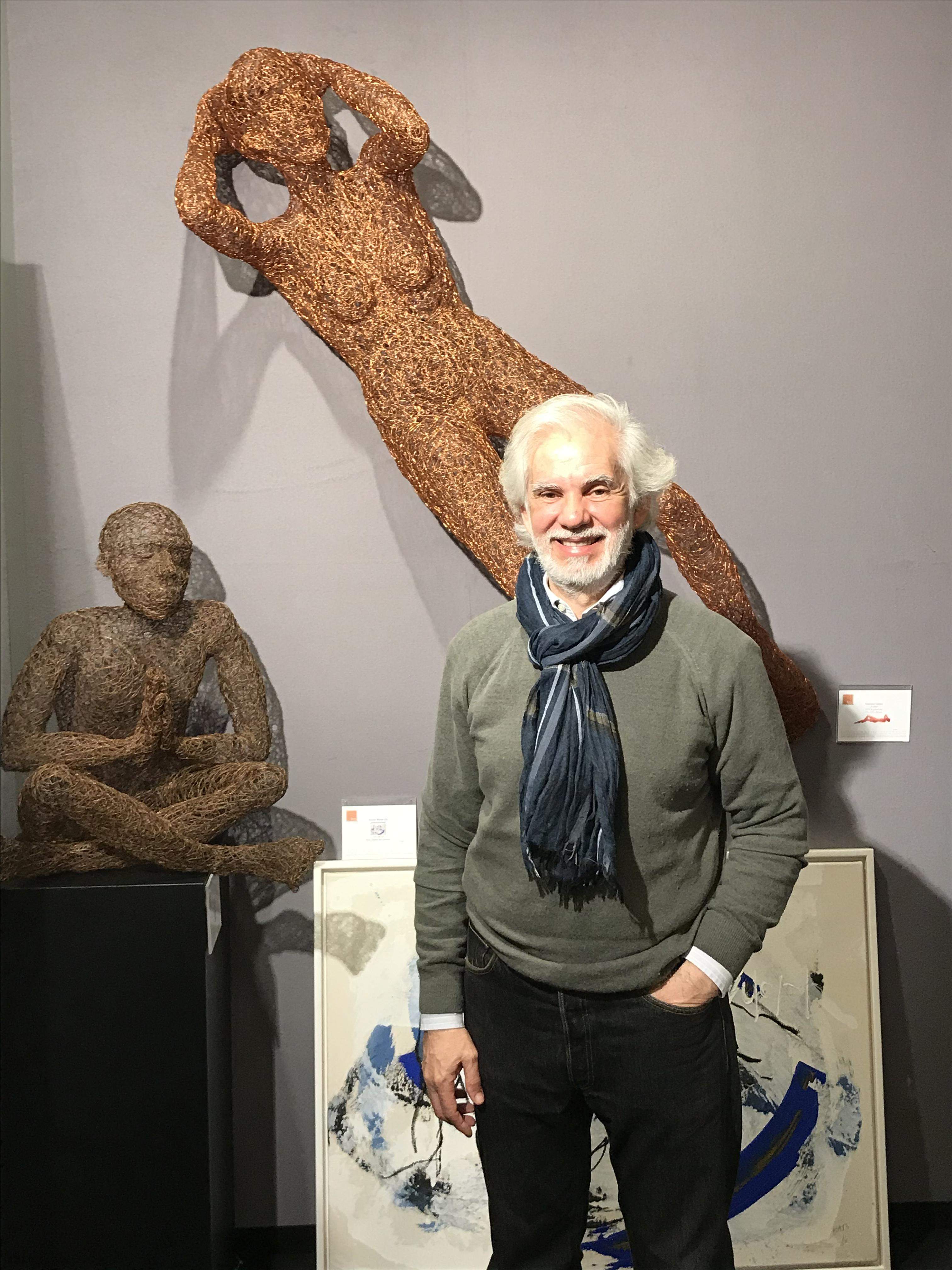Per consultare o scaricare il catalogo delle mie opere premere sull'icona qui sotto
-
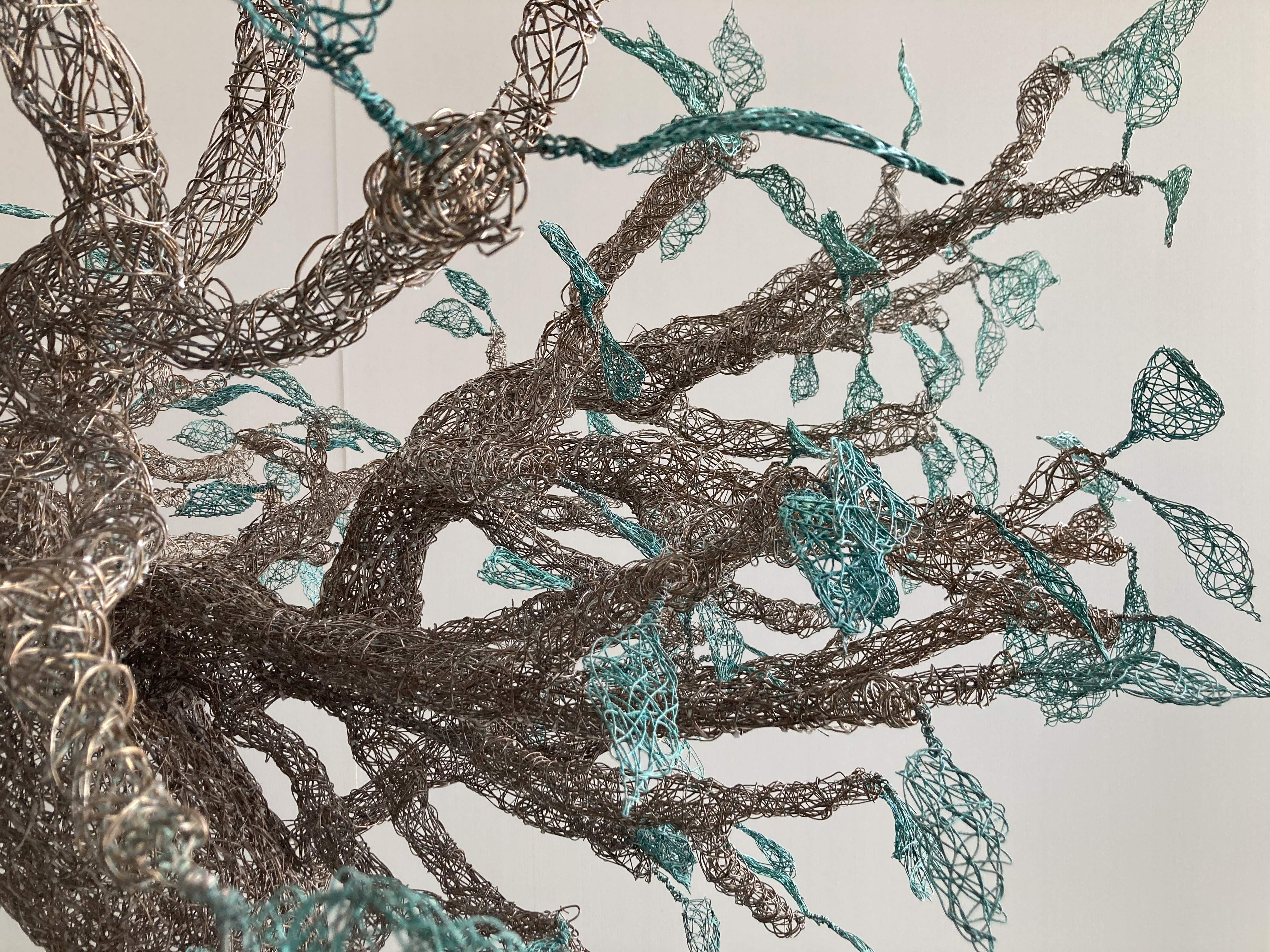
-
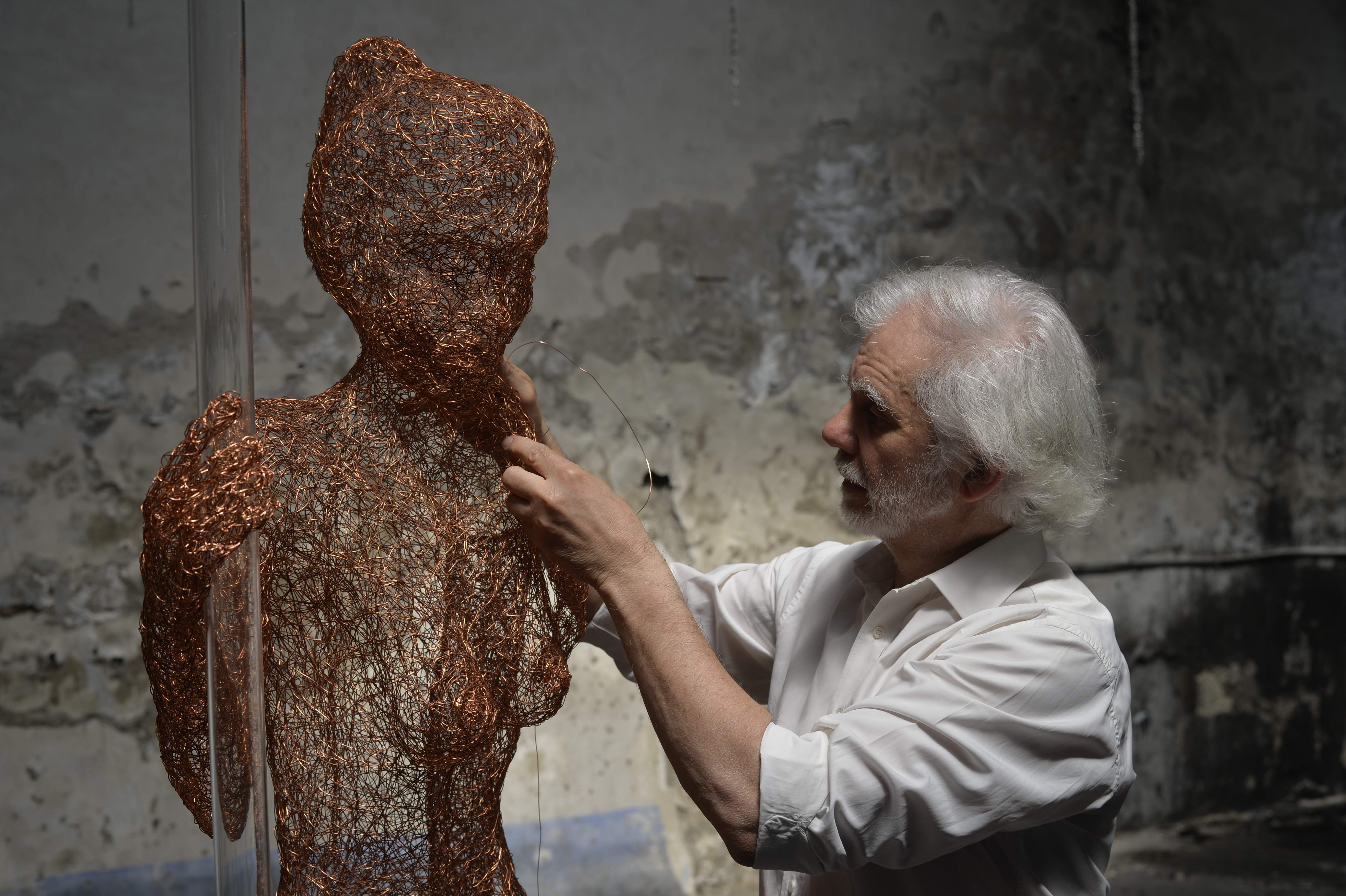
-
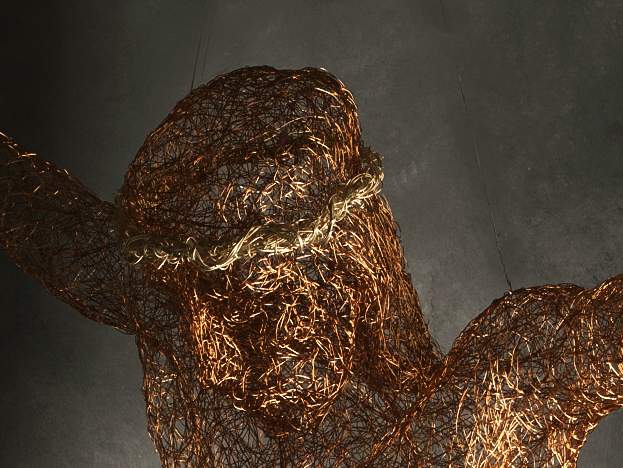
-
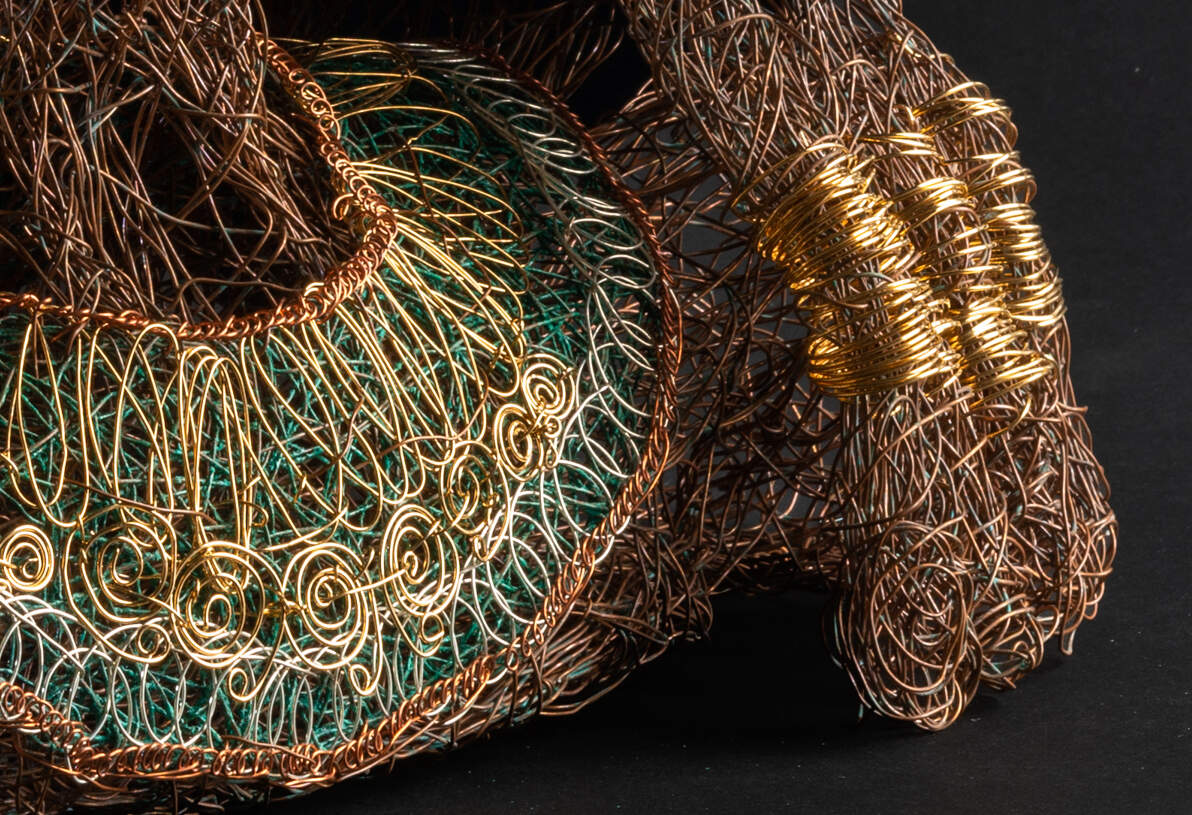
-
-
ASPASIA
-
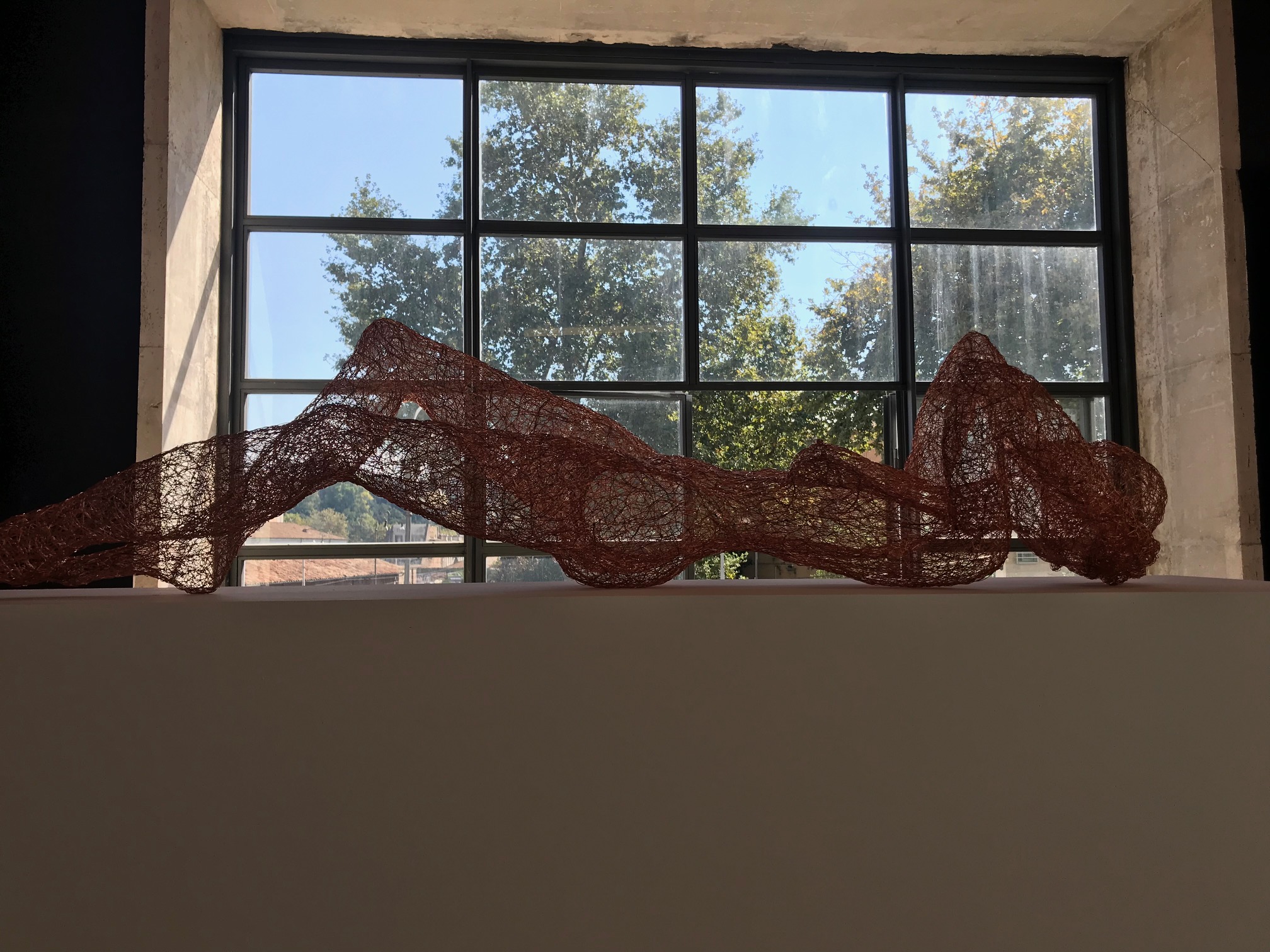
-
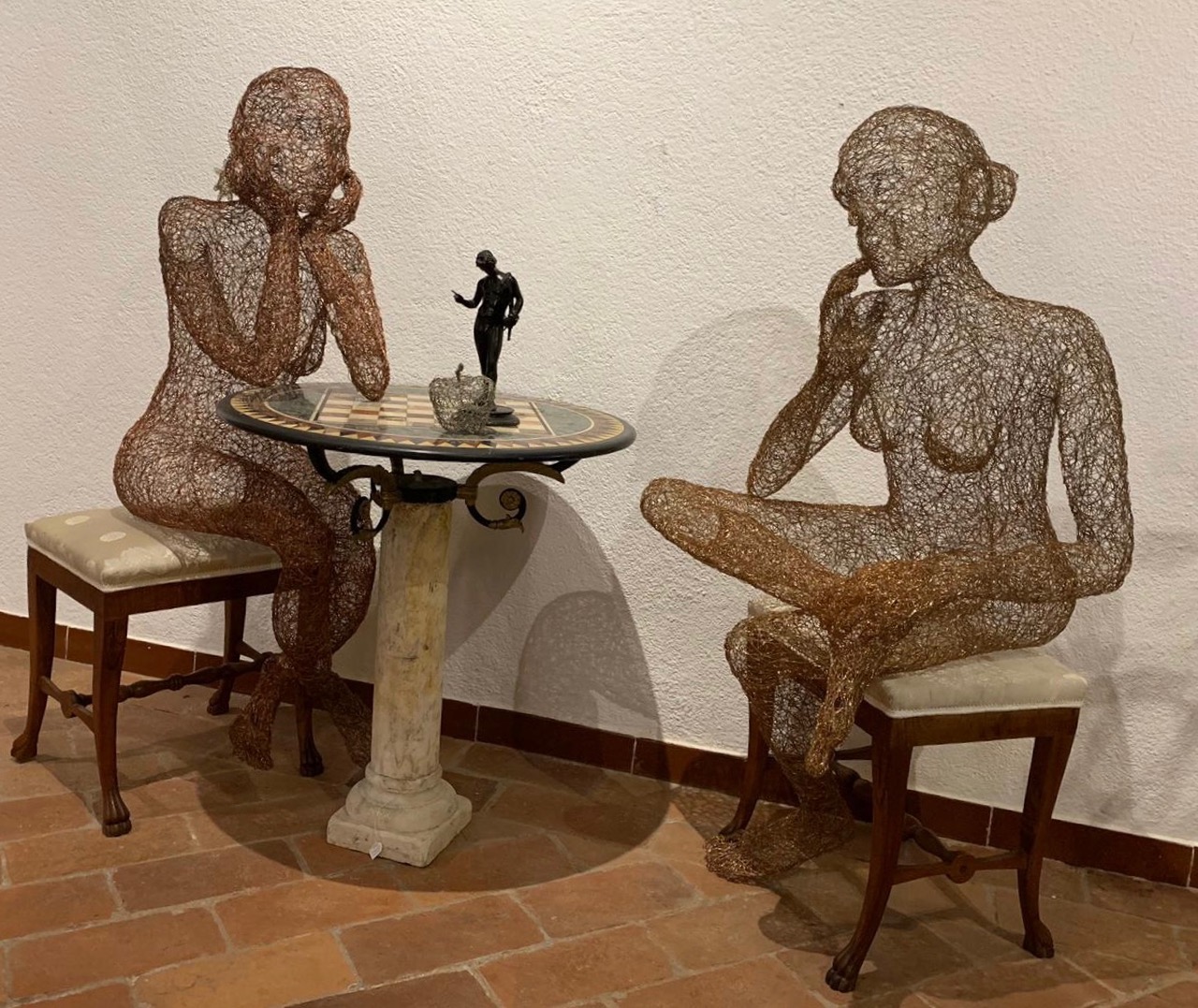
-
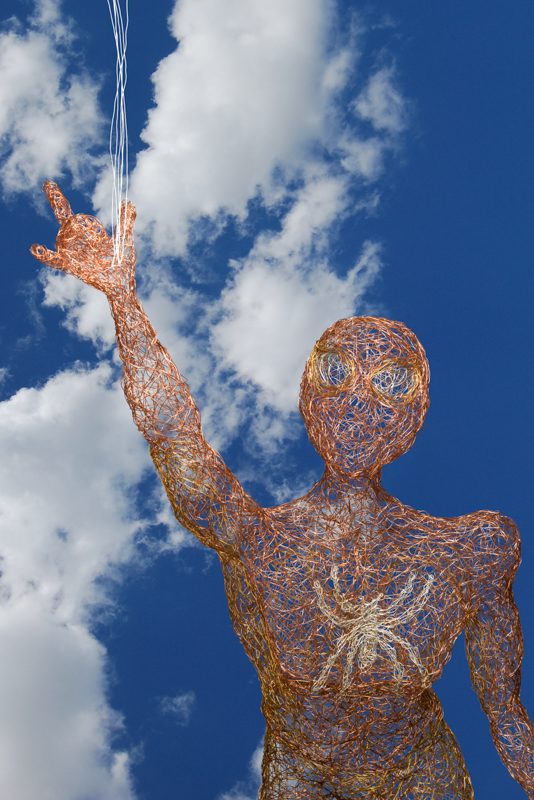
-
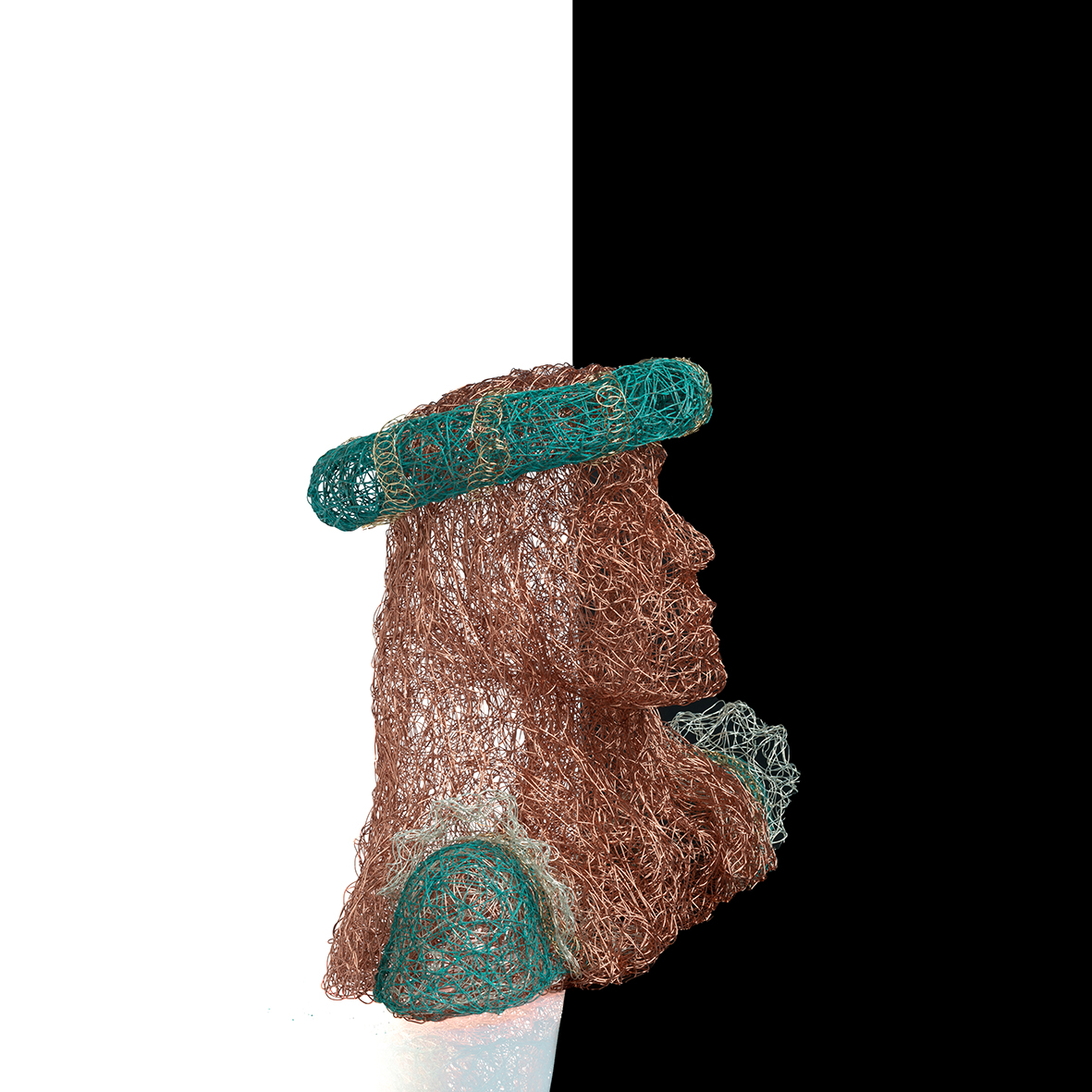
-
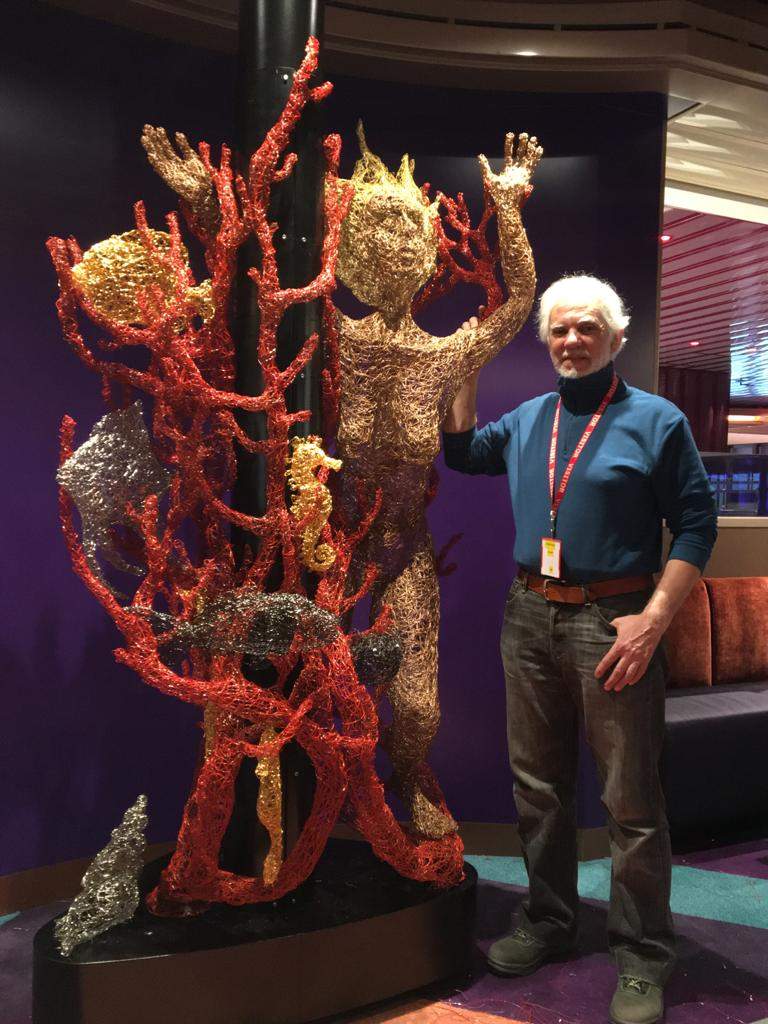
-
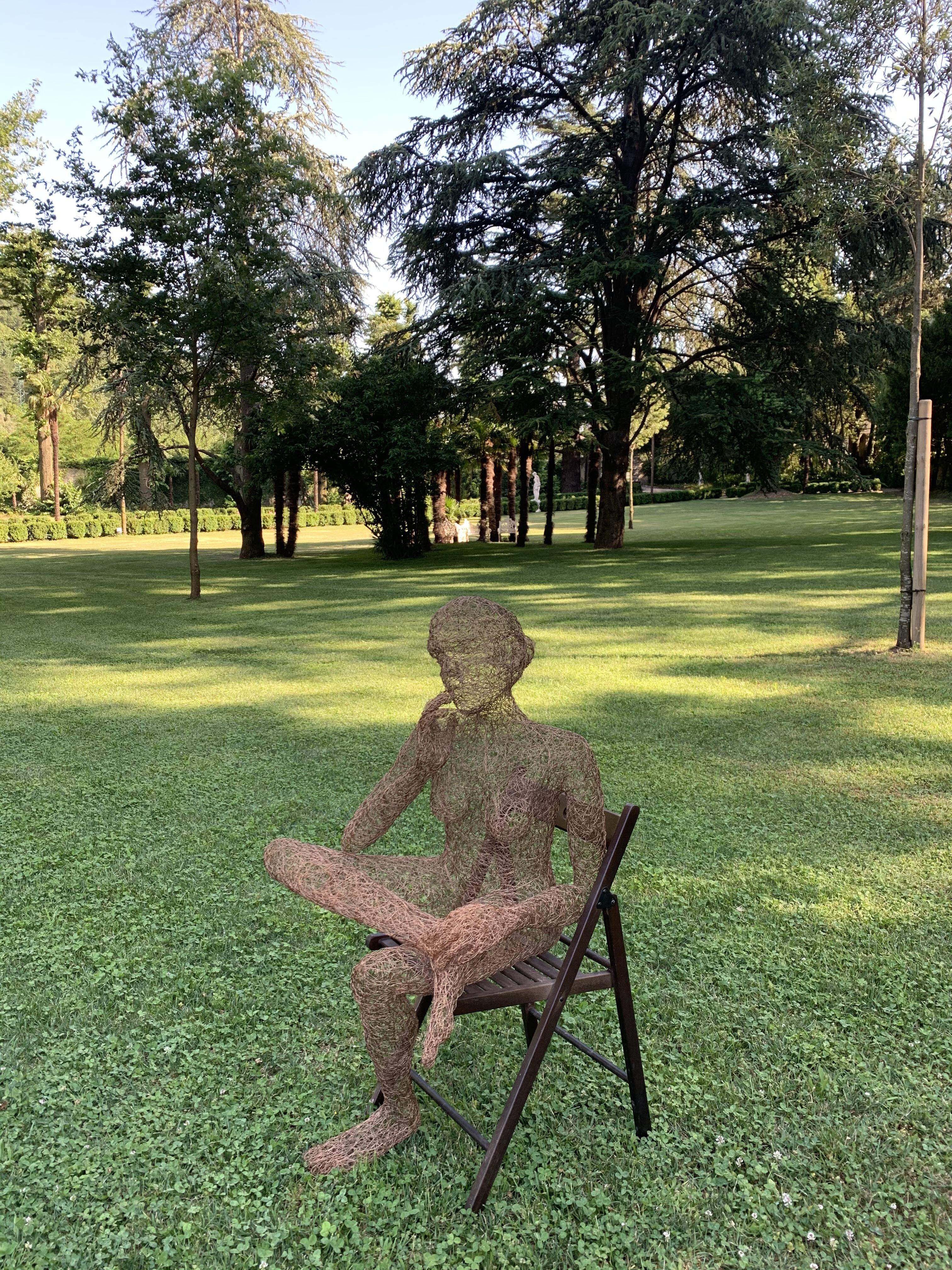
-
-
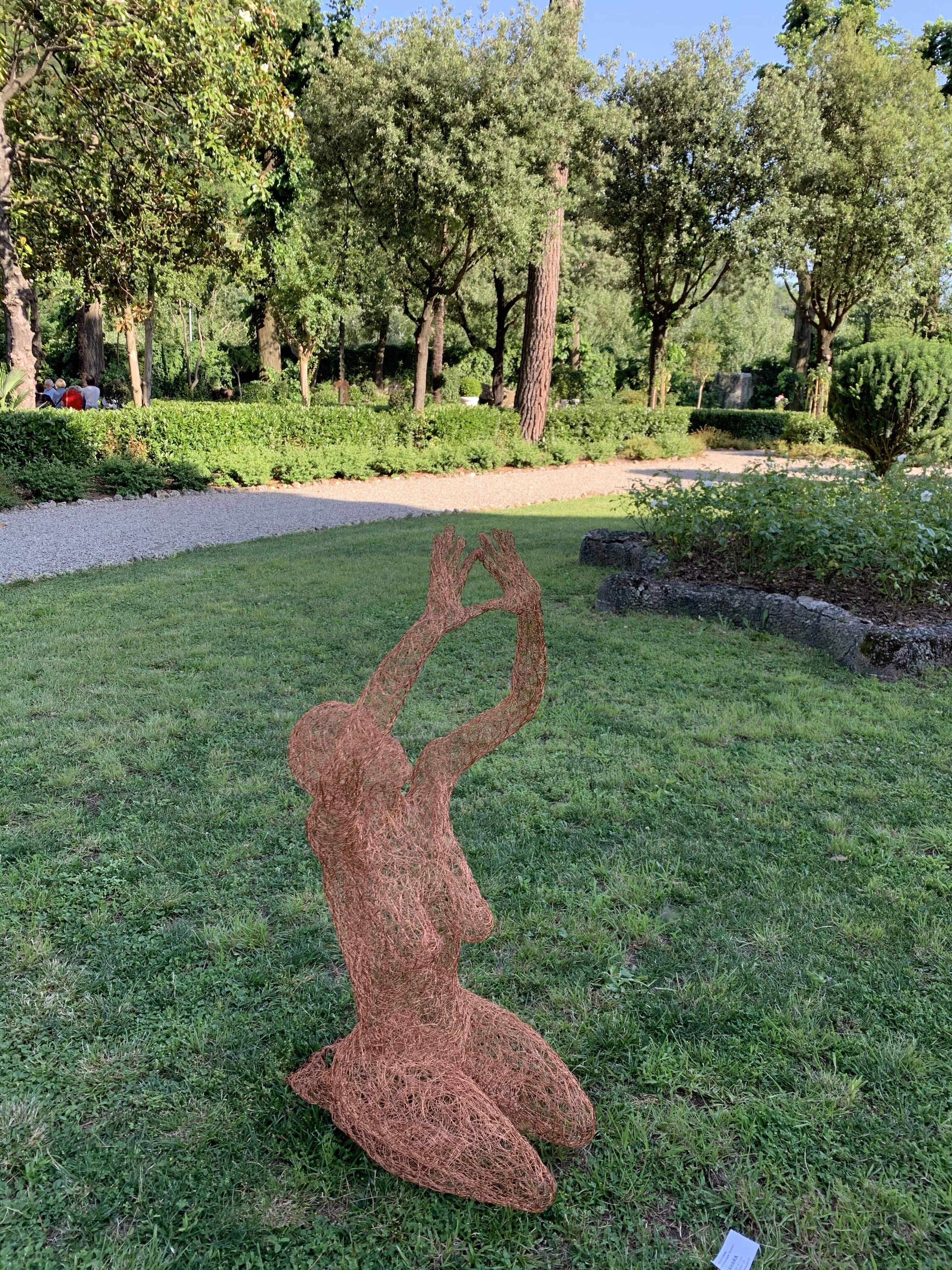
-
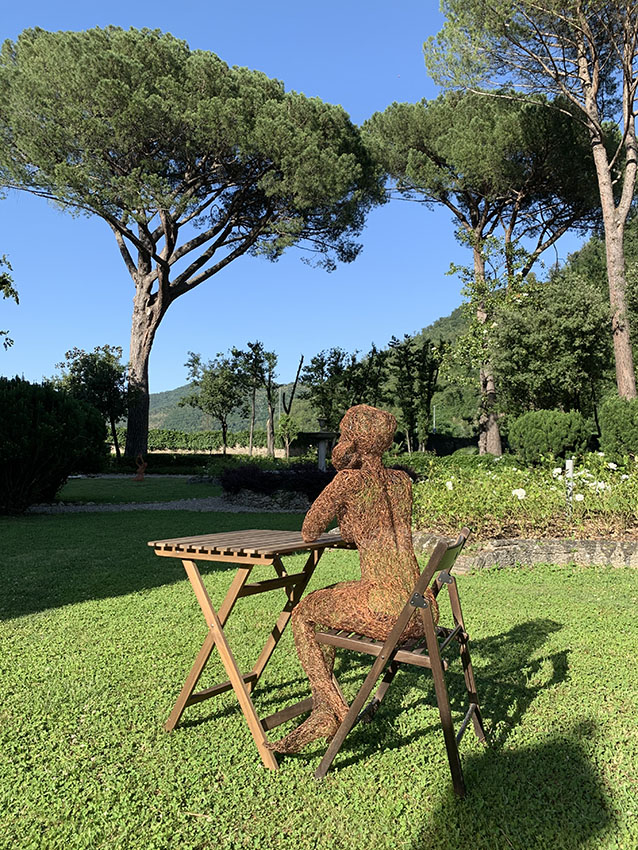
-
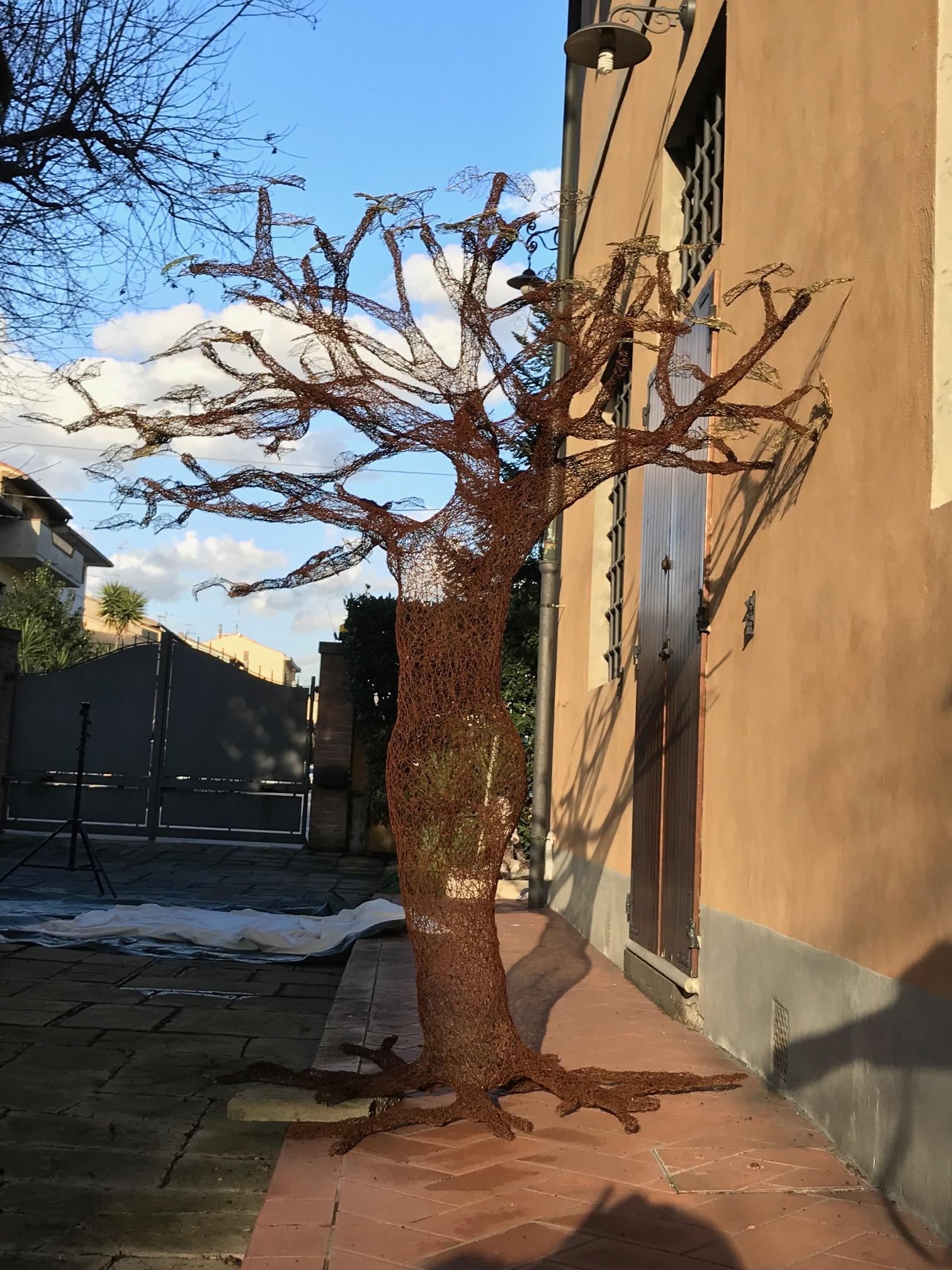
-
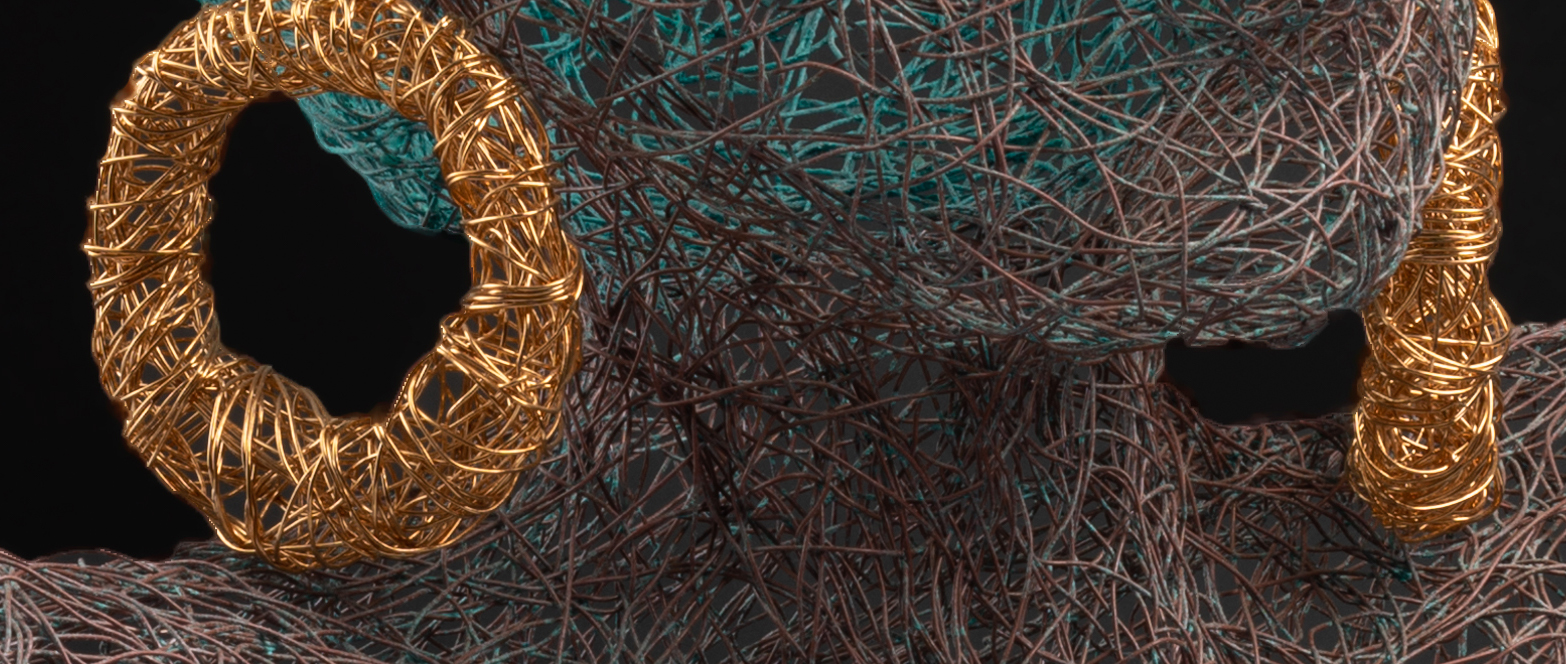
-
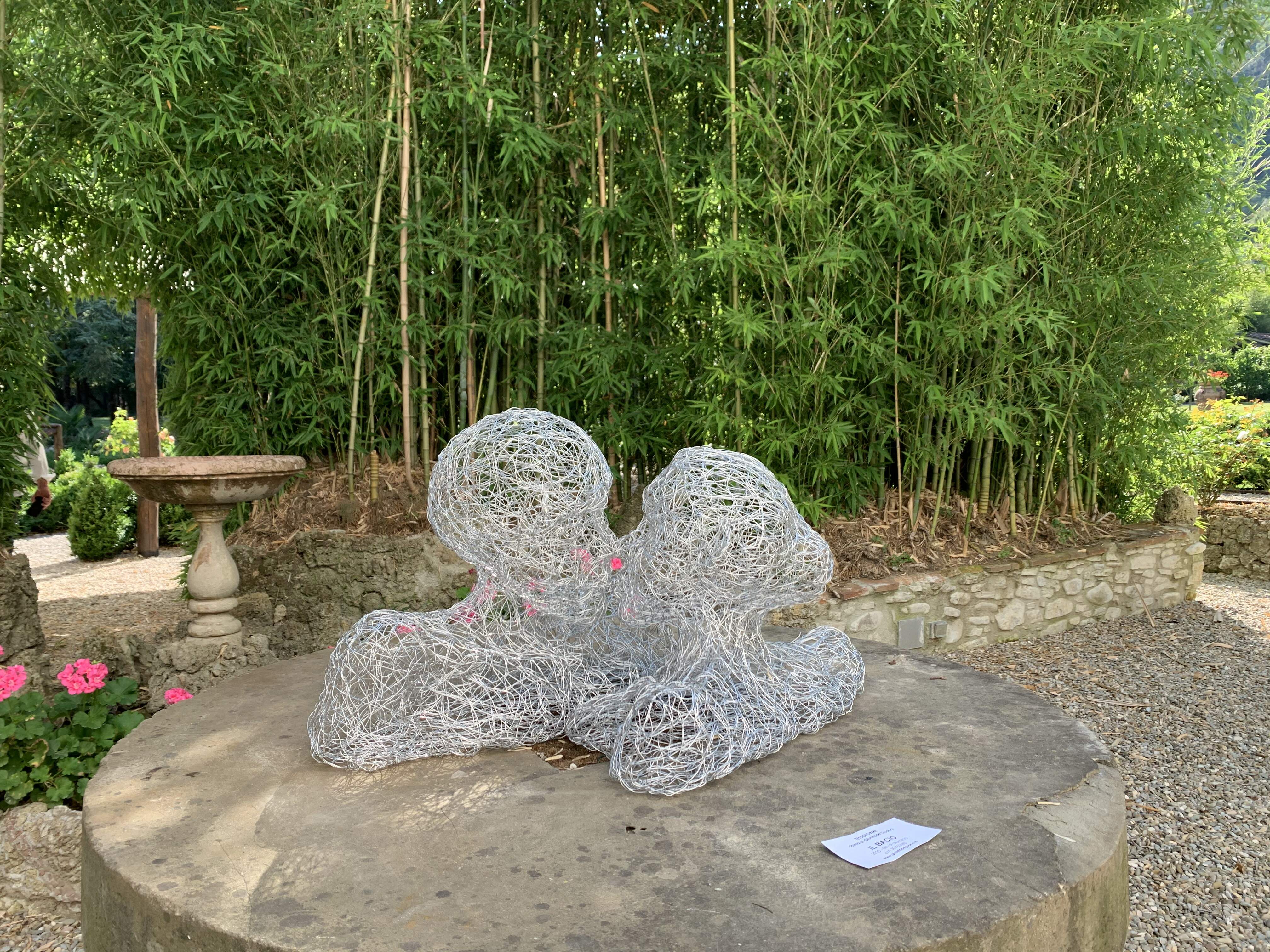 Bacio
Bacio -
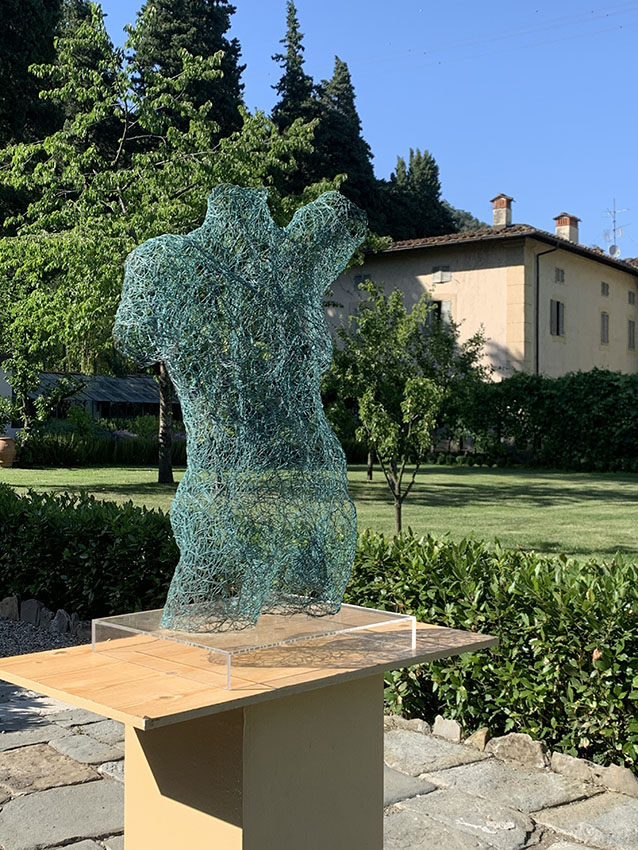 Apollo
Apollo -
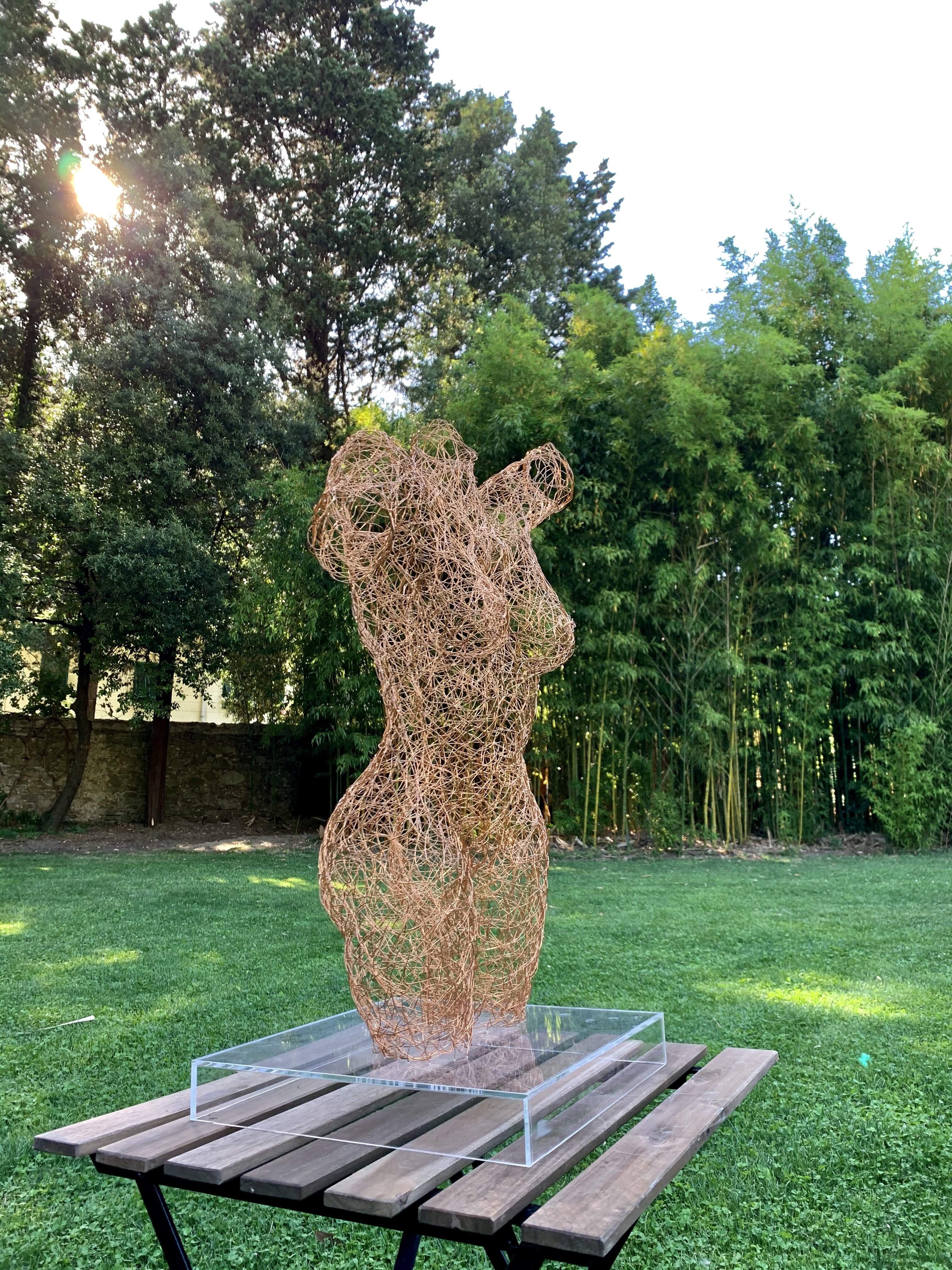 Galatea
Galatea -
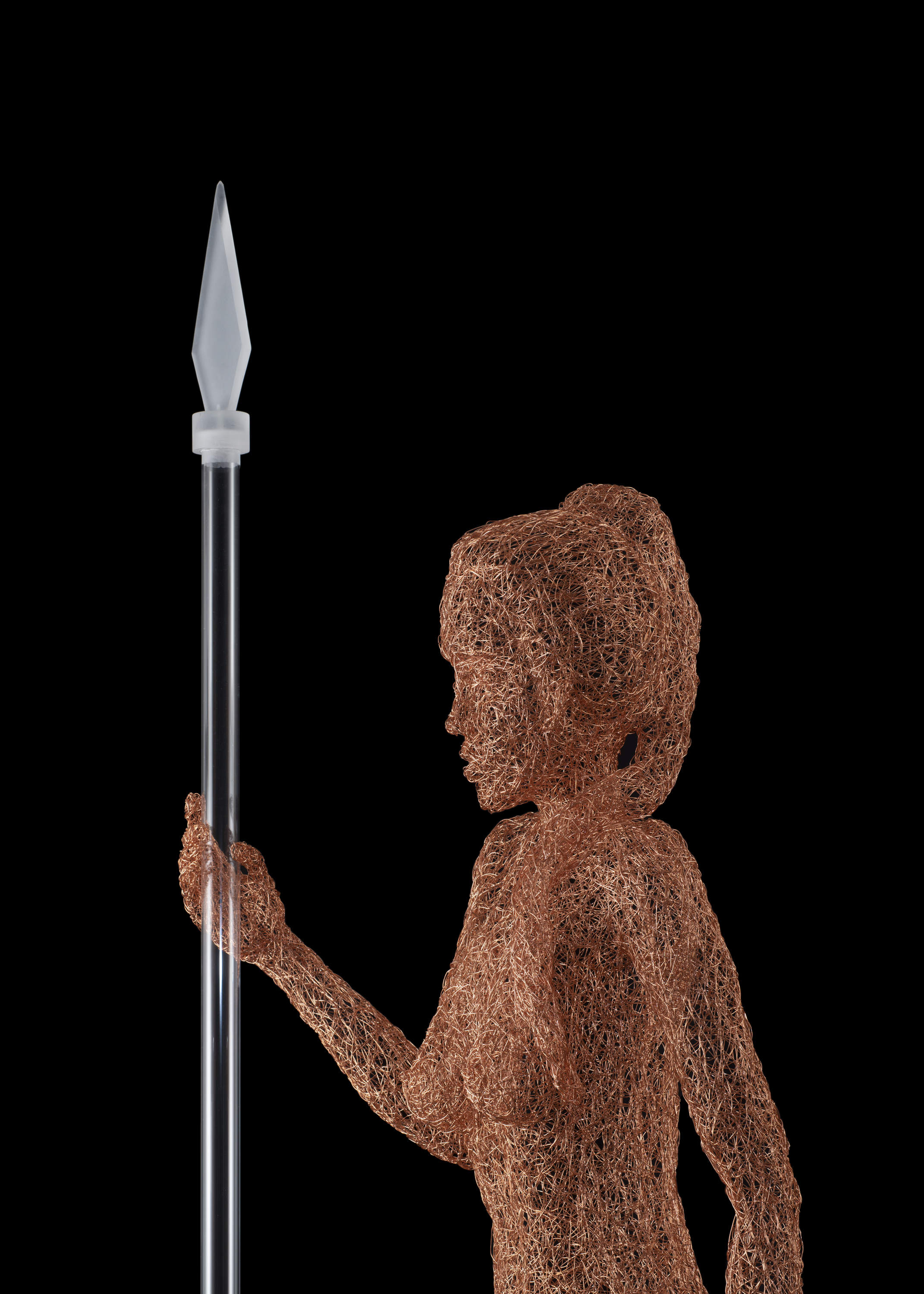
-
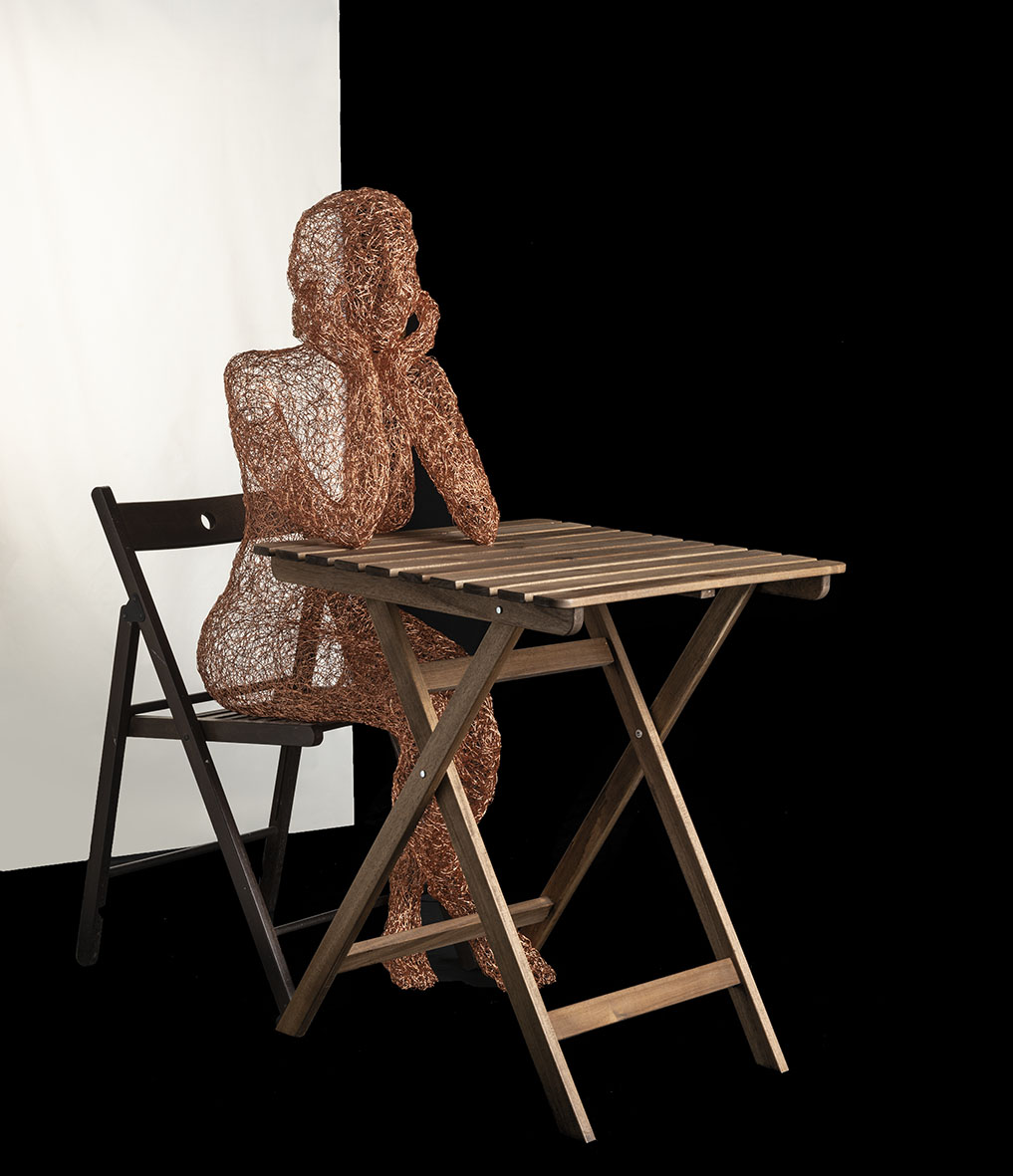 MAIA 2018 - filo di rame - cm 55x40x125
MAIA 2018 - filo di rame - cm 55x40x125 -
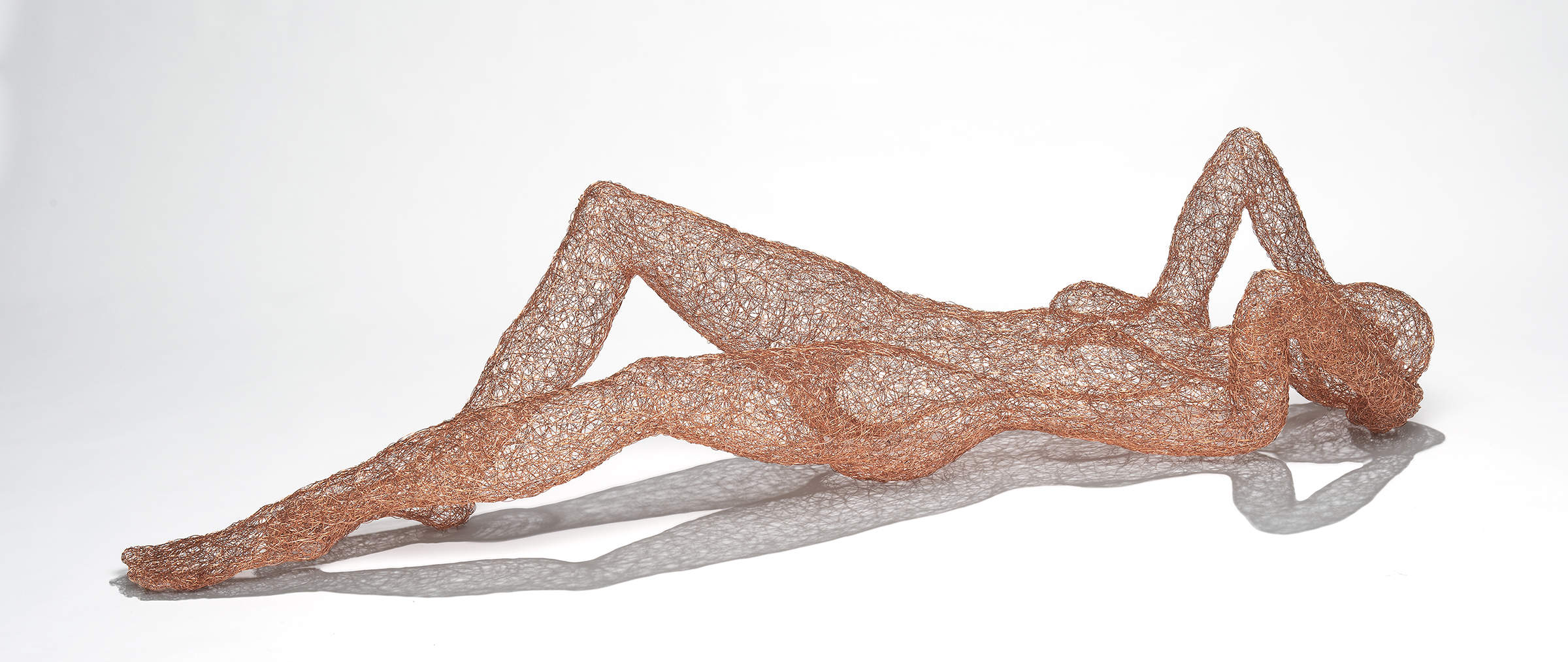 VENERE filo di rame - cm 170x40x45
VENERE filo di rame - cm 170x40x45 -
-
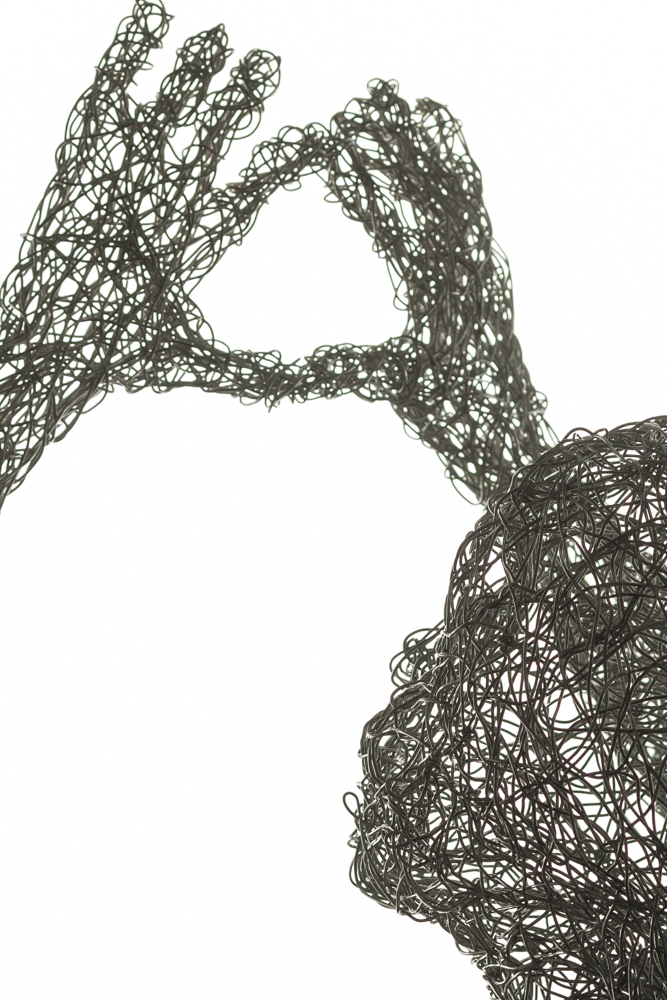
-
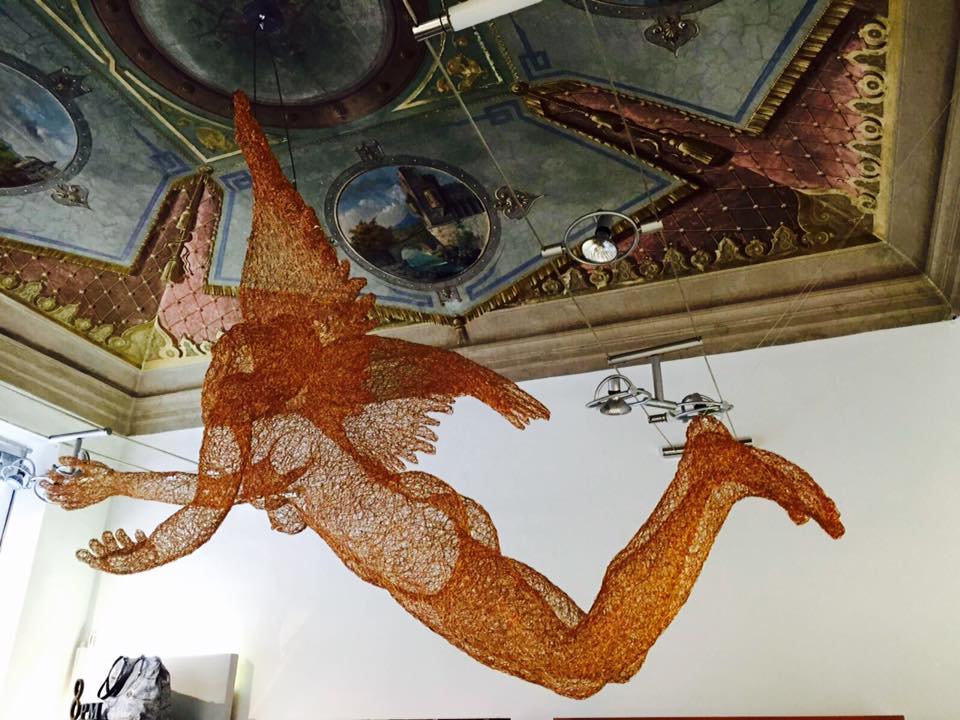
-
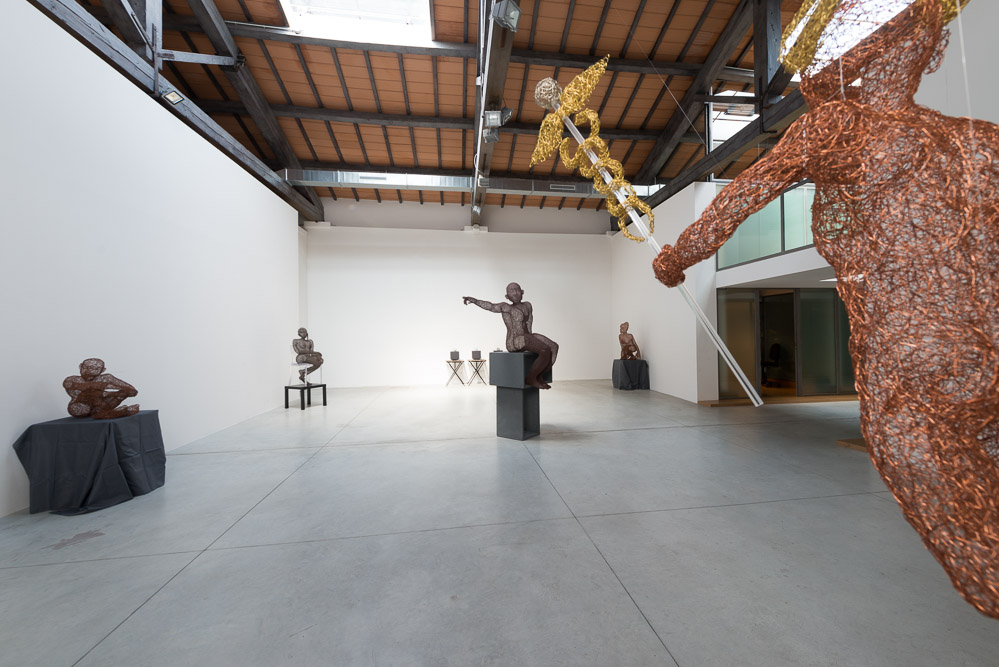
-
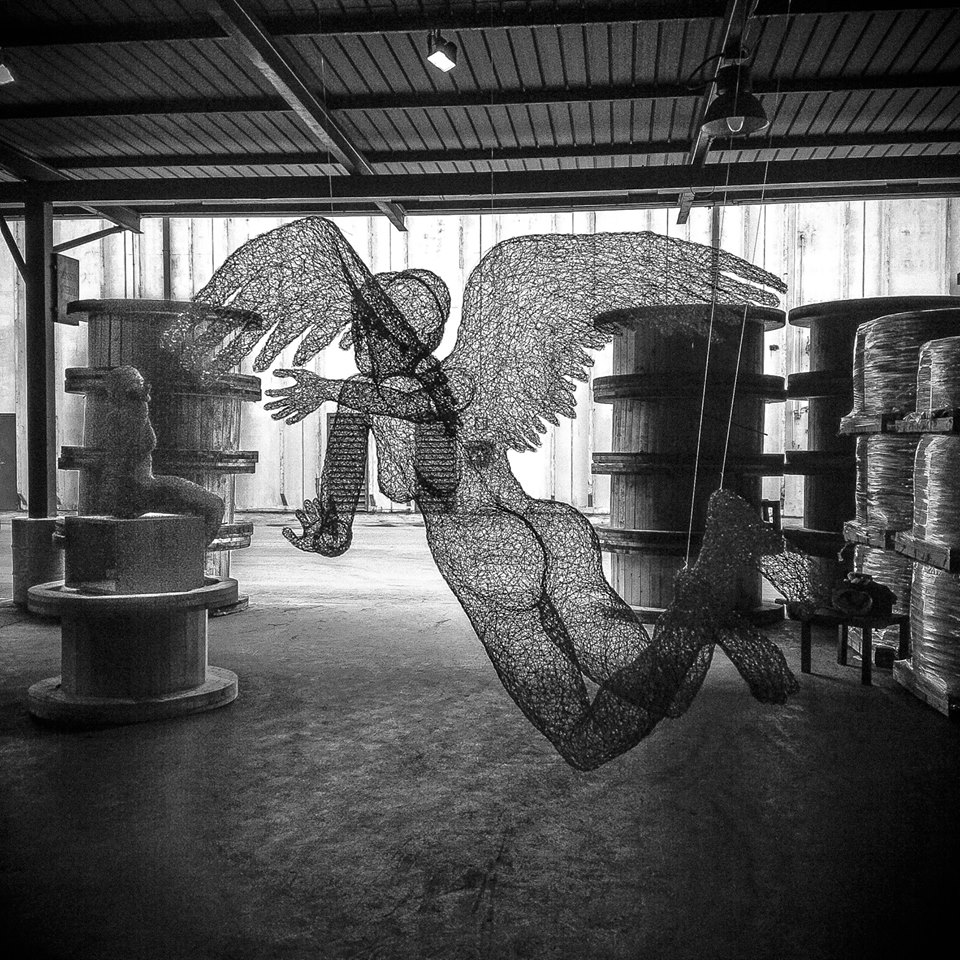
-
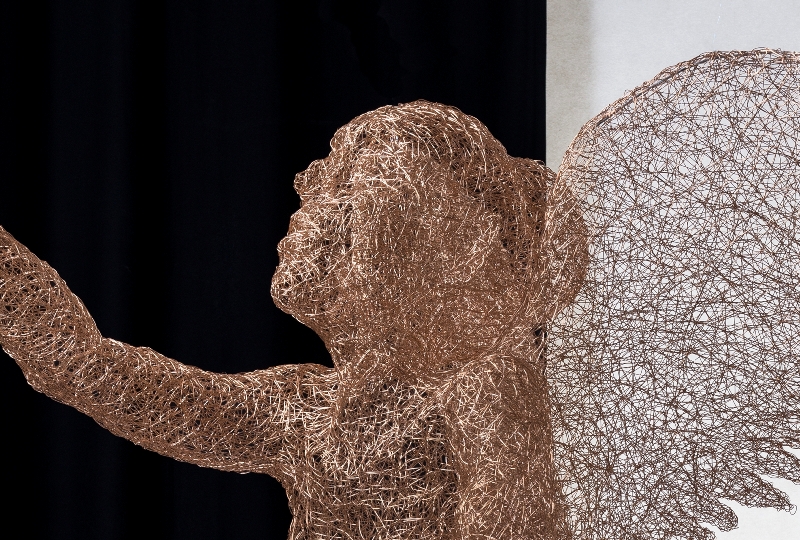
-
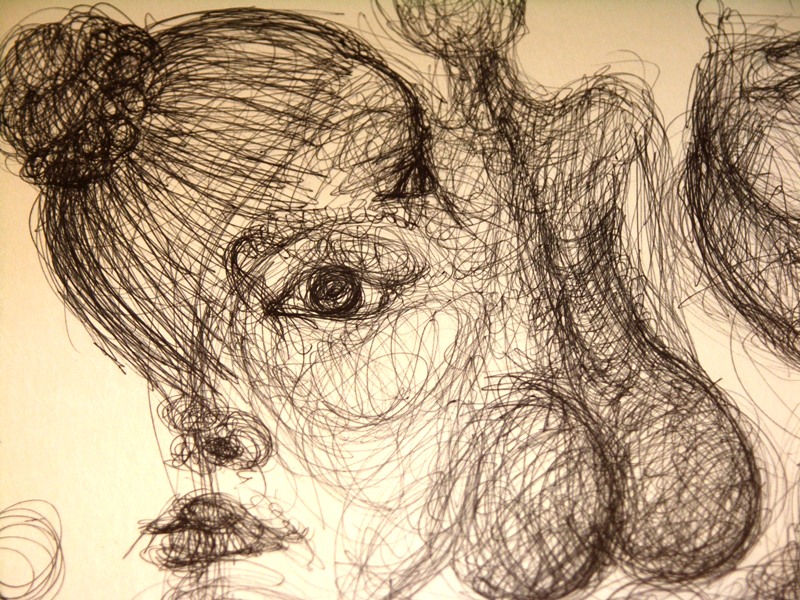
-

-
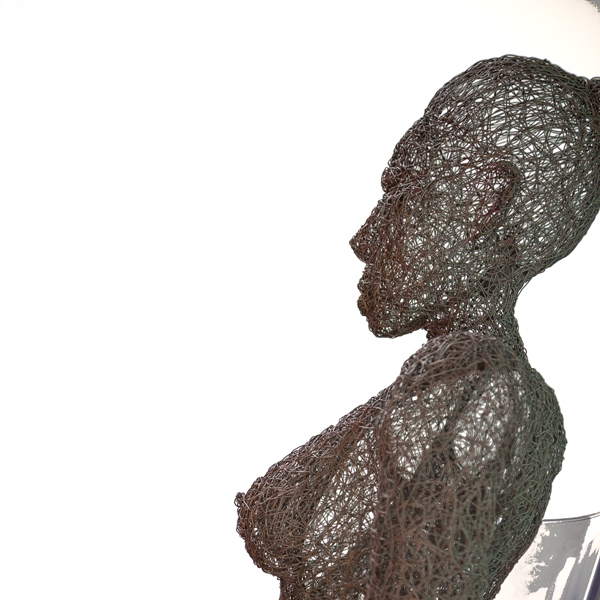
-
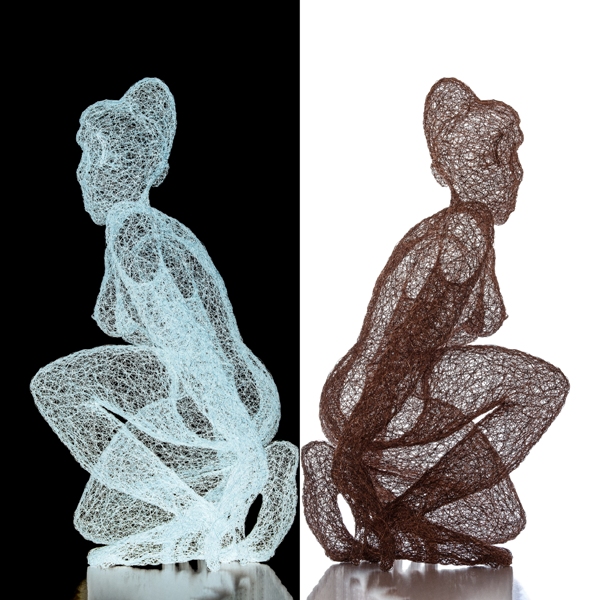
-
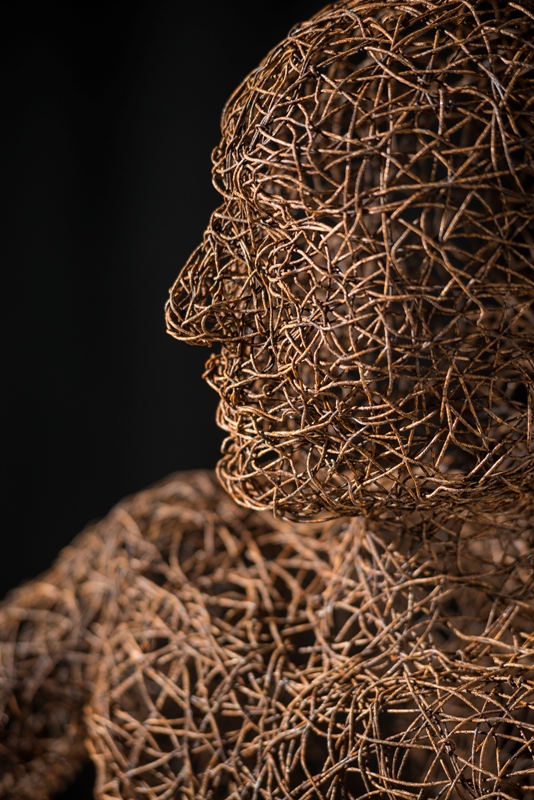
-
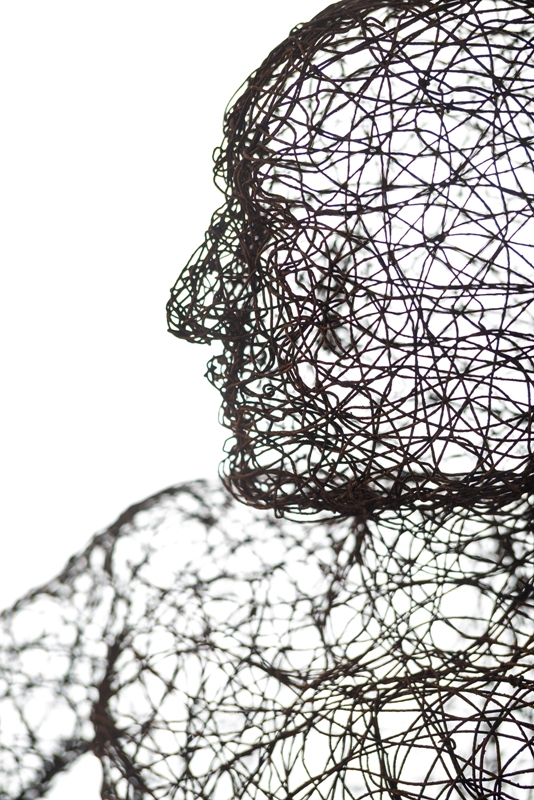
-
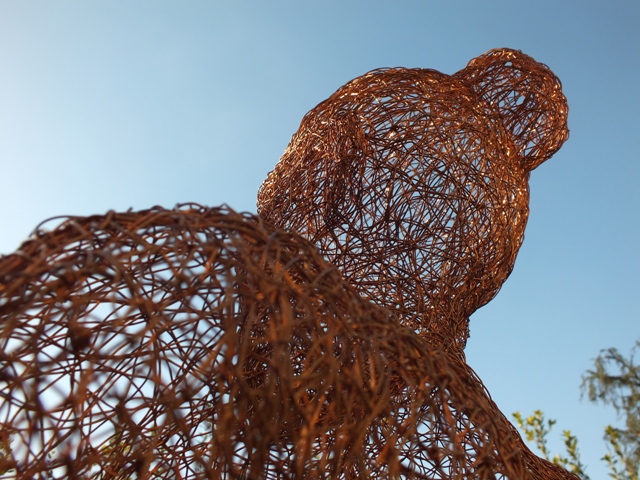
-
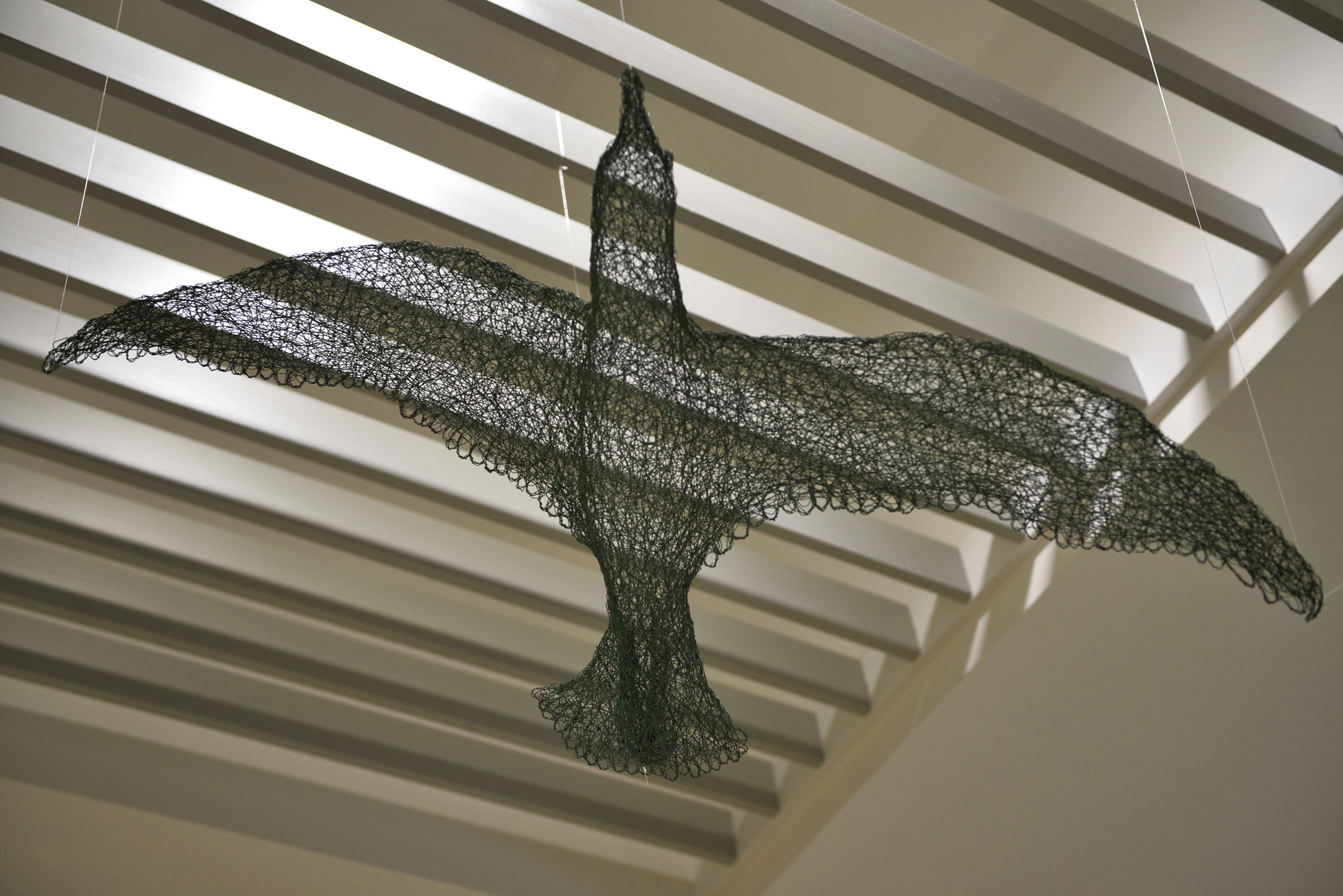
-
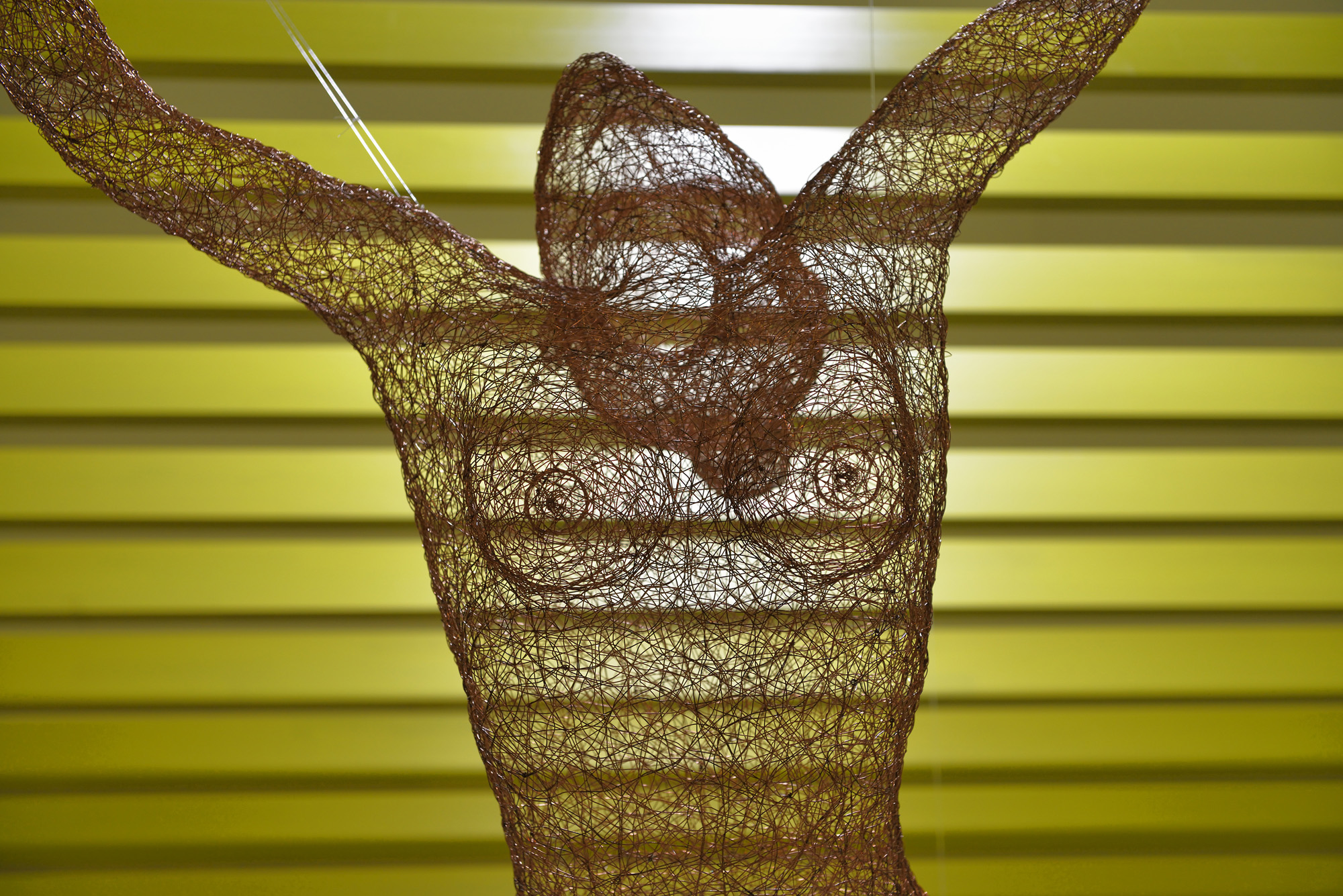
-

-
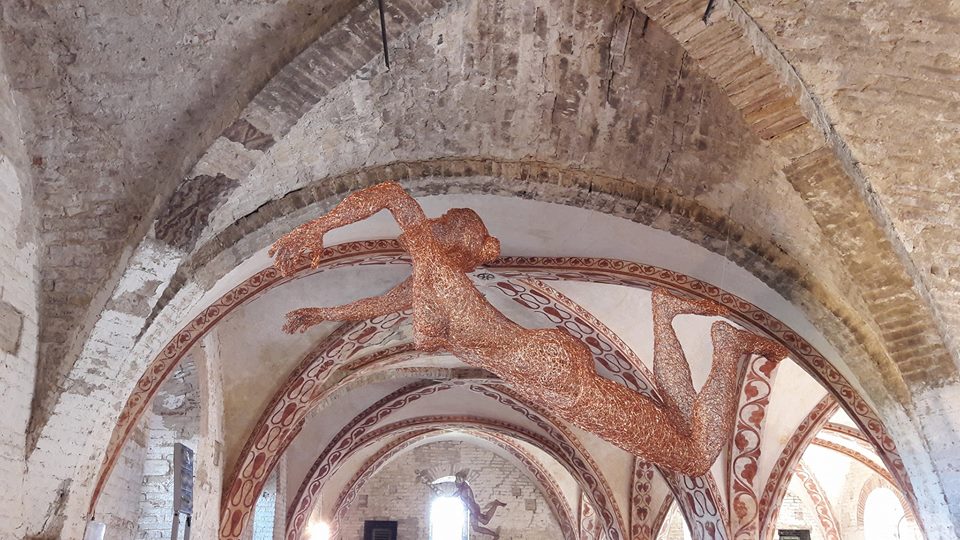
-
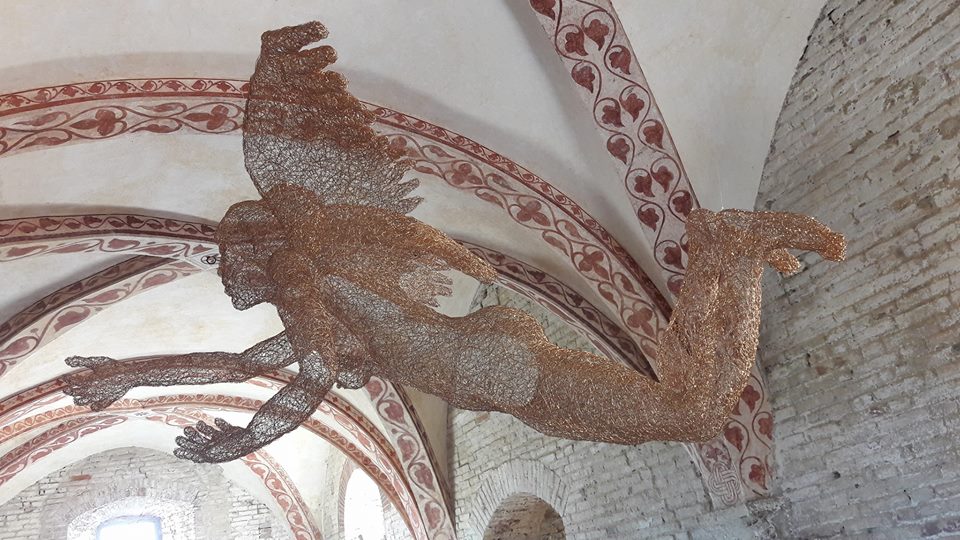
TESSOFORME di Giuseppe Guanci
Le mie opere, che chiamo “Tessoforme”, sono caratterizzate dalla sperimentazione su forme completamente vuote. Una ricerca sul vuoto e ciò che esso "contiene", nel tentativo di circoscriverlo con un sottilissimo filo metallico, con cui vengono “disegnate” nello spazio le figure, realizzandone una sorta di tessitura superficiale.
E’ infatti proprio con il disegno bidimensionale di un groviglio, su un foglio bianco, da cui emerge una figura, che queste sculture vengono ideate.
Da un punto di vista tecnico si tratta di trasporre tale groviglio disegnato, in una logica tridimensionale, mediante l’utilizzo di un sottilissimo (mm. 0,80) filo metallico, che di per sé ha una trascurabile rigidezza, ma che in virtù del suo intreccio, come appunto una sorta di tessitura tridimensionale, acquista una discreta consistenza, permettendo anche la realizzazione di figure a dimensione naturale.
Si tratta in sostanza dello stesso principio presente in alcune forme naturali, come ad esempio l’uovo, che risolvono tutte le loro tensioni statiche esclusivamente sulla superficie, senza mai interessare l’interno delle stesse.
E’ come se si creasse una complessa struttura mini-reticolare spaziale, in cui interviene però anche la componente di numerosissime piccole tensioni, apparentemente casuali, ma in realtà guidate da precise necessità, che si manifestano durante la costruzione dell’opera.
Le mie prime sperimentazioni su questo tipo di opere, infatti, risalgono a circa trenta anni fa, quando ispirandomi alle tensostrutture delle costruzioni, cercavo appunto di imprimere numerose piccole tensioni a forme di medie dimensioni, fino ad ottenerne la loro stabilità esclusivamente risolta sulla superficie, da cui il primo nome di “Tensoforme”, poi divenuto definitivamente “Tessoforme” per la loro similitudine ad una sorta di tessuto, che in fondo faceva parte del mio background culturale, operando in una città tessile come Prato.
Tali forme vuote, se investite da un fascio di luce, proiettano un’ombra sulla superficie retrostante che ne svela il loro disegno, costituito dal groviglio di linee che le hanno inizialmente concepite.
Questo tipo di opere, per la loro caratteristica di costruzione esclusivamente manuale, possono anche essere replicate, ma non saranno mai multipli, essendo tutti pezzi unici che le rendono tra loro solo simili, ma contemporaneamente tutte diverse.
I soggetti si rifanno prevalentemente al filone figurativo classico della tradizione scultorea italiana, pur reinterpretandolo in chiave innovativa, con una tecnica per certi versi opposta a quella scultorea, in quanto, invece di lavorare sul pieno, per sottrazione o addizione di materia, opera sul vuoto, circoscrivendolo con un sottile filo, alludendo solamente ad una presenza materica.
Anche l’aspetto filosofico che sottende queste opere, si riferisce al concetto di vuoto, a cui il pensiero orientale fa riferimento, essendo la gestualità stessa, con cui sono realizzate, fondamentalmente zen, nella sua lunga e paziente ripetizione di un'infinità d'intrecci, che nel loro insieme danno appunto luogo alla forma, evocandone contemporaneamente anche l'immaterialità, non essendo costituita da vere superfici, le quali sono solo suggerite dal reticolo di linee, che la nostra mente però ci restituisce come figurazione compiuta.
Lo sguardo può infatti attraversare queste forme, e l’attenzione può depositarsi su ciò che si trova oltre, variando al variare del punto di vista o delle condizioni di luce. Infatti, se investite da una luce diretta, queste divengono estremamente materiche, mentre in controluce, si assiste alla loro dematerializzazione.
Quindi è come se la forma, inconsistente di per sé, divenisse reale in virtù della percezione delle numerose linee, come in una sorta di tempo velocizzato, rispetto alla nostra normale percezione.
In altri termini è lo stesso effetto che si ottiene al buio, quando una sorgente luminosa puntiforme ci passa davanti a grande velocità, che noi però percepiamo come una scia luminosa, come più chiaramente si manifesta nelle fotografie notturne.
Se infatti facessimo riferimento alla moderna fisica, che a livello sub-atomico ci spiega come la materia sia in realtà generata da rarefatte particelle che ruotano velocemente su determinate orbite, potremmo immaginare la realtà che ci circonda formata da infinite linee-traiettorie, che però noi percepiamo come un tutt'uno, ovvero fuse in una unica superficie e non più come singole, come ad esempio avviene nel caso di un’elica che gira a forte velocità, la quale non è più percepita come una serie di elementi distinti, ma come un unico disco.
Ma se, tornando all'esempio della foto notturna, immaginassimo la nostra fotocamera che si sposta simultaneamente alla fonte luminosa, questa in realtà registrerebbe un punto e non più una scia.
Però tra le due situazioni estreme, possono esistere anche altre configurazioni in cui, ad esempio, ci muoviamo anche noi, ma ad una velocità inferiore alla fonte luminosa, per cui si otterrebbe una situazione intermedia, tra la completa saturazione della forma e la sua completa inconsistenza ovvero, appunto, un complesso reticolo di linee luminose.
Quindi la differenza percettiva sarebbe legata alla velocità del nostro tempo, per cui più esso sarà lento fino alla completa immobilità, e più la percezione della materia sarà pesante (ovvero quello che comunemente avviene), mentre più sarà veloce, e più la materia sarà rarefatta, fino a tendere alla totale assenza della forma. In altri termini potremmo dire che quanto più vibriamo (siamo in sintonia) con il mondo che ci circonda, come ad esempio avviene durante una meditazione o in uno stato di profonda trascendenza, tanto più la materia tenderà a scomparire, per lasciare spazio ad un unico campo energetico di cui noi stessi facciamo parte.
Queste sculture, quindi, in tal senso, vogliono appunto rappresentare una fase intermedia di percezione della realtà, che oscilla tra quella di pesante materia e quella di pura energia.
In definitiva una metafora della “vacuità della forma” e della nostra illusoria esperienza sensoriale, a cui fa riferimento anche il Sutra del Cuore della Perfezione della Saggezza, scritto oltre duemila anni fa, ma che oggi anche la fisica quantistica sta dimostrando come tutto ciò si avvicini incredibilmente alla descrizione di quello che noi chiamiamo realtà.
Giuseppe Guanci
TESSOFORME of Giuseppe Guanci
My works, which I call "Tessoforme", are characterized from experimenting on completely empty forms. A research on emptiness and this that it "contains" in attempt to circumscribe it with a very thin metal wire, with which they are "drawn" in space figures, creating a sort of surface texture.
It is indeed with the two-dimensional drawing of a tangle, on awhite sheet, from which a figure emerges, that these sculptures are conceived.
From a technical point of view it is a question of transposing this tangle designed, in a three-dimensional logic, through the use of a very thin (0.80 mm) metal wire, which in itself it has a negligible rigidity, but which by virtue of its intertwining, just like a sort of three-dimensional texture, acquires a discrete consistency, also allowing the creation of life-size figures.
It is basically the same principle present in some forms natural, such as the egg, which resolve all their static tensions exclusively on the surface, without ever affecting the inside of the same.
It is as if a complex spatial mini-reticular structure was created, in which, however, the component of numerous small voltages also intervenes, apparently random, but in reality guided by specific needs, that is manifest during the construction of the work.
My first experiments on this type of works, in fact, date back to about thirty years ago, when inspired by the tensile structures of the buildings, I was just trying to impress numerous small tensions with medium-sized shapes, up to obtaining them their stability exclusively resolved on the surface, hence the first name of "Tensoforme" then definitively become "Tessoforme" because of their similarity to a kind of fabric, which was basically part of my background cultural, operating in a textile city like Prato.
These empty shapes, if hit by a beam of light, cast a shadow on the rear surface that reveals their design, consisting of the tangle of lines that initially conceived them.
This type of works, due to their construction feature exclusively manual, they can also be replicated, but they will never be multiple, being all unique pieces that make them similar to each other, but at the same time all different.
The subjects refer mainly to the traditional figurative vein of tradition Italian sculptural, while reinterpreting it in an innovative key, with a technique in some ways opposite to the sculptural one, in that, instead of working on the full, by subtraction or addition of matter, it works on the void, circumscribing it with a thin thread, alluding only to a material presence.
The philosophical aspect that underlies these works also refers to the concept of emptiness, to which Eastern thought makes
reference, being the gestures themselves, with which they are made, basically zen, in its long and patient repetition of an infinity
intertwining, which together give rise to form, evoking it at the same time also immateriality, not being constituted by true
surfaces, which are only suggested by the grid of lines, which our mind, however, gives us back as figuration accomplished.
The look can in fact go through these forms, and attention can settle on what you are find further, varying according to the point of view or the light conditions.
In fact, if invested by a direct light, these become extremely materials, while backlit, we see their dematerialisation.
So it's as if the form, inconsistent in itself, became real by virtue of perception of the many lines, as in a sort of speed up, compared to oursnormal perception.
In other words it is the same effect that is obtained in the dark when a light source it passes in front of us at great speed, which we perceive as one bright trail, as most clearly manifested in night photographs.
If indeed we did reference to modern physics, which on a sub-atomic level explains us howmatter is actually generated by rarefied particles that rotate quickly on certain orbits, we could imagine the reality around us formed by infinite lines-trajectories, which however we we perceive as a whole, that is, merged in a single surface and no longer as single, as for example occurs in the case of a propeller that turns strongly speed, which is no longer perceived as a series of distinct elements, but as a single disc.
But if, returning to the example of the night photo, imagine our camera that is move simultaneously to the light source, this would actually record apoint and no longer a trail.
But between the two situations extreme, other configurations may also exist where, for example, there we move too, but at a speed lower than the light source, so an intermediate situation would be obtained, between the complete saturation of the form and its complete inconsistency or, in fact, a complex network of bright lines.
So there perceptual difference would be related to the speed of our time, so the slower it will be until complete immobility, the more the perception of matter it will be heavy (that is what commonly happens), while the faster it will be, the more rarefied the matter, up toaim for the total absence of form. In other words we could say that how much more we vibrate (we are in tune) with the world around us, as ad example occurs during a meditation or in a deep state transcendence, all the more matter will tend to disappear, to leave room for a single energy field of which we are part of ourselves.
These sculptures, therefore, in this sense, they want to represent an intermediate phase of perception of reality, which oscillates between that of heavy matter and that of pure energy.
Definitely a metaphor for the "emptiness of form" and ours illusory sensory experience, to which the Heart Sutra also refers of the Perfection of Wisdom, written over two thousand years ago, but that today quantum physics is also showing how it all comes together incredibly to the description of what we call reality.
Giuseppe Guanci
